What have we not already heard and read about the Transamazonica: Murderous tracks that you never want to do again, impassable in the rainy season and deadly boring in the dry season, thousands of kilometers along cut down rainforest, etc. Nobody can really tell you how the road conditions really are, let alone how much dirt road and how much asphalt you have to drive. Few overlanders ever go to Brazil: because of the not very safe security situation, because of the maximum three-month travel permit which is not much for the fifth largest country in the world, because of the language or because it just is not on the Panamericana runway along which many overlanders travel.
It has always been clear to us that when we travel the South American continent, we do not want to miss Brazil, as by far the largest country. The Transamazonica always had a special attraction for us: on the one hand we wanted to get an idea about the largest jungle area of the world or what is currently left of it, on the other hand the myth and the adventure of conquering one of the most difficult and above all with 2,500 km longest slopes in the world. Because we did not want to tackle the Transamazonica in the rainy season, we changed our planned South America itinerary and drove north along the coast of Peru, visiting Ecuador and Colombia and then exploring the mountainous country of Peru before attacking the Transamazonica in the dry season. To give you a first heads up: Even in the dry season, it can rain a lot, we had pure adventure with unbelievable experiences and are now safe again in civilization. But one after another:
After snowstorms in the highlands of Peru, we drove in half a day from 4,700 meters to 100 meters to the Peruvian part of the Amazon to Puerto Maldonado: in addition to an extreme climatic change again the dramatically changing vegetation and landscape fascinated us. Since we have spent already in Ecuador an extensive stay in the rainforest in a luxury jungle lodge, this time we limit ourselves to a day trip by boat and by foot to the beautifully located Lago Sandoval: the very picturesque water palms, with their above and below ground roots, the otters, which we observe swimming fast and grunting loudly, as well as numerous turtles, which sun themselves on tree trunks. Altogether they give a nice ambience which differs from the Ecuadorian rainforest. The evening cruise back to Puerto Maldonado is very atmospheric in the deep sun and today we especially enjoy the shower in Shujaa – the water is still freezing cold from the cold Andes and makes it easier to acclimatize into tropical climate.
The border crossing to Brazil at Assis Brazil is absolutely problem-free – the customs officer even speaks German, since his ancestors come from Germany. So much for our worries about language problems. As always, the differences with the exiting country – in this case Peru – are immediately apparent: people have much less indigenous impact and the skin colors are much more diverse, there are huge farms and everything is somehow more colorful and fun-loving.
Before we get to the Transamazonica, we first have to drive a good 1,000 km on the Transoceanica: a large project driven by Brazil, which connects the Atlantic Ocean at Rio de Janeiro in the east and Lima on the Pacific in the west on well asphalted roads and thus should help saving the expensive shipping costs through the Panama Canal. Somehow, this road is not really used, but is good for us, because we quickly move forward to the Transamazonica. The tension increases and we cover ourselves again with diesel, water and food supplies before it finally starts in Humaitá. The plan was actually to do the Transamazonica “light” and to drive on the notorious BR 319 a good 800 km to Manaus and from there ship by pontoon 2.000 km to Belen on the Atlantic coast. The combination of overlanding and shipping appeared to us as “best of both worlds”. But it turned out to be totally different.
As regular readers of our blog know, we publish original excerpts of our personal diary (see our three-day burial at Laguna Llancanielo) when it gets particularly exciting or intense, as a high-level blog summary would not clarify the detail facets enough: Here are the two most exciting days on the Transamazonica:
2nd of September:
Today we make little progress and especially not on the actually planned BR 319. After a sweetening jogging in the morning we sit at 8.00 h behind the wheel and enjoy the well-traveled track … we had read so much about the infamous BR 319 and again everything looks quite easy for us and Shujaa.
After a good 30 km a construction site: they renew a bridge (which is basically positive to see) and the boss tells me that in 30 minutes everything is repaired. When nothing happens after 30 minutes, I go back to the front and try to remind him of the “30 minutes” in a “German way”. Everyone waiting is relaxed, the Brazilians drink – although only 9.00 in the morning – their first beers. A truck, with the last wood planks still needed for the repair, drives onto the bridge.
I’m wondering, why he does not use the planks with his gripper arm BEFORE the bridge (because here you could extend the stabilization supports of the truck much further and also the ground is much more stable) but ON THE bridge…. But there are many wooden bridges to renovate and the men should know what they are doing. While I’m thinking about it and watch the numerous frogs, mosquitoes and whatever else swirls in the swamp under the bridge, the truck tilts in front of my eyes …. Veeerrrryyyy slowly until it breaks into the bridge and only his extended gripping arm saves him from the complete crash into the musty river. The gripper arm operator fell from his truck into the swamp in a high arc, but his colleagues are able to pull him out quite quickly and fortunately not much has happened – he is just in shock.
Whether it was the under the extended stabilization supports completely labile bridge that has bended, or whether just the focus with the gripper arm and the plank load was too far out, I cannot judge. The fact is, the wooden bridge has also suffered serious damage (all cross boards have broken through) and is impassable because the truck is still halfway there. Firs,t they secure the truck lying on the side by means of a wire rope and another truck, then the boss gets away with his pickup to look for an excavator or similar. We do not speak Portuguese and the translation function of the iPhone only partially helps to clarify this situation for us.
While the other waiting Brazilians are waiting somewhere, amid their consternation, we are wondering what the situation means for our travel plans. Actually, we wanted to drive the 700 km jungle run to Manaus and from there ship on a pontoon to Belen on the Atlantic coast. That was the plan. A direct bypass of the broken bridge is not feasible, because the river is extremely swampy, there is no other road to Manaus and we also do not believe that in the foreseeable future a solution for this situation is found. First, a suitable recovery equipment must be organized to get the truck without total damage from the bridge (in my opinion this cannot be done by an excavator but only by a large mobile crane, but it will probably only in Porto Velho – 300 km south – or in Manaus – 700 km north) and secondly, the bridge has suffered structural damage not only in the ruptured transverse planks, but probably also because of the strong one-sided load when tipping over the truck.
We are in the middle of Amazonia where there are hardly any roads and therefore alternatives. Nevertheless – and because we would rather take our destiny in our own hands than to wait and be dependent on others – we make the decision to reverse and take the actual Transamazonica to Santarem (instead of 700 km to Manaus on the actually planned BR 319 the well over 1,500 km on wild jungle slopes) and to organize from Santarem the shipping to Belen. Significantly more driving and whether the shipment of Santarem really works, is questionable. So, we drive back to Humaitá, where we have to cross the Madeira river with a ferry. There are quite a few vehicles, so we expect to traverse soon.
The last to leave the arriving very is an old Volvo semi-trailer. The driver does not manage to get up the quite steep, but concreted ramp by his own strength. However, it seems that they are prepared for such situations after all and in a short time an excavator has come to take the Volvo on a steel cable and pull up the ramp. I go back to Shujaa relaxed. The moment I’m back in the cab I hear a very angry, bursting noise. That means nothing good … the noise was different than the bursting wooden planks on the bridge 1.5 hours ago but no less good. I get out again, this time directly armed with camera (I learned from the incident this morning) and go down to the ramp again. It cannot be true: the entire bumper of the Volvo including the steel bar and the headlights are lying on the ramp, the driver gets out and suffers a brief nervous breakdown. After he has calmed down, he drives backwards on the ferry, while he wedged between planks and ferry ramp and nothing works. The driver is no longer able to do any sensible maneuver. Another one of the waiting truck drivers takes over, but it takes 30 minutes to drive the wedged Volvo back on the ferry backwards. Good advice is expensive: without the bumper, there’s nothing left to fix a rope, and on its own, the old Volvo cannot get up the ramp. Only MAN can help. Behind me stands a MAN semitrailer and one of the waiting truck drivers persuades the driver to pull the trailer of the old Volvo up the ramp. After both semitrailers have been uncoupled, the Volvo tractor barely manages to drive up the ramp without semi-trailers, the MAN manages effortlessly with docked semi-trailer. In addition to the repeated admiration of the present truckers for Shujaa and the now fully assembled village inhabitants of Humaitá this would have been the ideal commercial for MAN according to the well-known advertising motto: “MAN can!”
What two experiences: Now it’s midday, our route has spontaneously extended by at least 800 km (on the Transamanzonica, which allows an average speed of 40 km/h) and we have not made a single kilometer in our new direction yet. When we get off the ferry, I pass the trucks in front of me, let the air out of the tires, overtake again and the tracks gets really bad. So bad that we again have problems with a torn drawer in the interior of Shujaa. What a day!
When we enjoy our wine in the evening in Shujaa and reminisce about the day, we see strong weather lights everywhere. Heavy rain is the last adventure we miss, we will see. South America still without real adventures? This has become history on the Transamazonica.
September 6th:
The whole night it rained a lot and at breakfast it starts again … .We actually have dry season, but now it seems more like in the rainy season. The asphalt road ends shortly after our departure and soon we see the first heavy goods vehicles parked at the side edge, although the dirt road is wet and a bit muddy, but still easy to drive for us. Do they know something we do not know? As we ponder, we come to the end of a car queue, there’s nothing left. We get out and go through the mud to the front, where we can take a look at the slope. A hill-climbing bus and a truck are completely stuck in the mud, further down are oversized semi-trailers parked on both sides of the runway – they stopped before they buried themselves or slide into the side trench. Although it is clear to everyone that you cannot get through in this situation, both vehicles are pushing upwards from below, as well as vehicles downwards from below. No one stops, and everyone just wants to get away with it as quickly as possible, so that the chaos is intensified in a short time: nothing is going on anymore, there is no space to retrieve the stuck vehicles and the impatient and careless passing vehicles also got stuck.
There is no detour alternative here, it starts to rain heavily again. I go back to Shujaa, get the rubber boots and the rain jacket out and run down the steep slope to get a picture of the track and the whole situation: this can take days to improve. At some point, it will be too much for the waiting intercity bus drivers and they shut down the road with their buses, so that the chaos does not get any bigger. I think, soon the police and heavy salvage equipment will arrive to fix the chaos, but wrong (German) thinking: in the next 5 hours in this respect, nothing happens, the military police try to pass in their jeep as well as possible and everyone is on their own. The bus drivers take over with their buses and ailing towing ropes and the successive salvage of the stuck vehicles. They also slide back into the ditch and must be pulled out by other buses. Sometimes there are three buses on mountain ropes in a row and try to pull themselves out. An unimaginable mess. The only vehicle that could really help here is Shujaa – for a long time I’m thinking about entering the salvage process with Shujaa, but decide against it: we are too far behind in the row of waiting vehicles and cannot bring ourselves into a meaningful salvage position, the track is extremely slippery, in Bolivia during the recovery of a taxi we got ourselves bogged down and I do not speak a word Portuguese …. which does not make communication easier, especially in this situation. And where does one start and where does one stop?
The chaos clears a bit and the first vehicles drive from top to bottom or better said – slip down the muddy track. The Brazilians are completely free from pain and still take pictures and laugh when they are unstoppable slipping into the ditch. Hardly anyone comes down well, but waiting does not seem to be an option: Somehow you will be pulled out of the ditch again, with or without your bumper. Slowly all jeeps and cars are getting through from above and the first light trucks are trying their luck. Almost everyone slips into the ditch or comes o a halt just a few inches in front of the parked semitrailers.
I am very stressed, run nervously up and down and play through all the options: continue to wait and hope that the slope dries up even more? However, dark clouds come towards us again, by the constant digging of the vehicles, the track is not getting any better and at the latest, when the heavy semitrailers start to slip down everything is over – they cannot be recovered and then the track is finally closed. I try to draw conclusions to Shujaa’s driving behavior from the observations of the slipping behavior of the light trucks: we certainly have clear advantages in terms of tires and the six-wheel transmission should have some stabilizing effect when you have to drive slalom – but traction not the issue here, because you automatically slip – even if you brake. We certainly have disadvantages in terms of weight and the comparatively high center of gravity and thus the tendency to tilt. Of course, my pro / con list does not lead to any result. At some point I take a decision and bring Shujaa from behind out of the queue of waiting trucks. Certainly, taking pictures and gawking at the hundred people as if they had never seen a truck – exactly what you need for maximum concentration.
In the meantime, other three-axle vehicles are slipping down the slope in front of me. The right in front of me slips down to a few centimeters to the parked semi-trailer and does not pass, so that the semi-truck driver has to move from his hammock hung under the vehicle to back his vehicle two meters in protest. He slides uncontrollably halfway down the mountain. Although Shujaa struggles to get out of the rut, the all-wheel drive and all three differential locks help a lot, so that the first chicane is mastered relatively easily. Then comes the second chicane: the other side, where almost all vehicles in front of me have slipped into the ditch. I have to wait until the truck driver in front of me comes out and get out. Behind me I see – I cannot believe my eyes – a tank semi-trailer sliding to me. Very slowly we are progressing. We are the first vehicle that did not get stuck or slipped from the road. The other almost 300 km to Santarem on the Amazon goes amazingly well and the track is paved again. We have time to discuss the last 6 hours.
Today we are especially happy that we do not have to worry about a safe parking space, especially because it is almost dark on our arrival: because we can drive to Vitor’s house. We got to know Vitor yesterday on the ferry at Humaitá very briefly – almost when going down from the ferry. He is a captain of the Brazilian army and has approached us. His wife and two daughters live at the military base in Santarem while he is helping out during the week as an engineer in road building in the outback. Even though the gate guards with their machine guns looked at first very irritated when we drive up to the gate with Shujaa, we are then relatively quickly let in and spend despite the fatigue and tension after the experiences of today a nice evening with Vitor’s wife Mariana. That’s the fascination of our journey …. Pure stress and adventure and only a few hours later such experiences with a strong sense of security and hostility. Thank you, Vitor, that is real hospitality.
After these adventures, we enjoy the surroundings of Santarem on the Amazon for two days. We drive to Altor do Chao one of the most beautiful places in the whole of the Amazon. The turquoise clear waters of the Rio Tapajos have formed here numerous islands, sandbanks and beaches. We set over to one of the islands – the Ilha de Amor – with a small boat and at one of the numerous beach restaurants we take – sitting on plastic chairs on the water – a cold beer and our first real Brazilian Caipirinhas to us. Karin’s bad mood on the ferry problem has blown away: unfortunately, it has turned out that there are no sensible shipping options for a vehicle of the size of Shujaa from Santarem to Belen, so we have to drive another 1,500 km along the Transamazonica and towards the Atlantic. The water in the Rio Tapajos, which has lake-like proportions, has certainly more than 30 degrees and the joie de vivre, but also the body cult of the Brazilians is remarkable – as well as the alcohol consumption. In addition, today is the Brazilian Independence Day, so the party is really on.
The next day we take a private boat trip along the confluence of the Amazon (brown water) and Rio Tapajos (clear water). The water colors do not mix because of the different temperatures over a distance of 10 kilometers,
Arriving back in Santarem, we are approached by a Bavarian emigrant who has been living here for 2 years and owns a small restaurant. We discuss a lot about the rainforest deforestation, crime and especially about local typical food. In the evening we say goodbye to Mariana and her children and get an invitation to Captain Vitor’s parents to São Luis – our next destination. Karin gets from Mariana a large portion of Açai – a very healthy forest fruit that can only be consumed fresh – and we are happy to have found after our acquaintance with Piero and Patty in Cusco other good friends here in Santarem.
Captain Vitor is very concerned about our continued well-being and identifies the position of military convoys along our route. The other 1,000 km to the end of the Transamazonica at Maraba are long and sometimes difficult to drive. Once again, we have rain in the afternoon, torrents flood the track and it gets extremely slippery. Shujaa wags his butt a few times from left to right but stays on the track. The big advantage this time is that we are almost alone on the slopes and so we can freely focus on ourselves without hindrance.


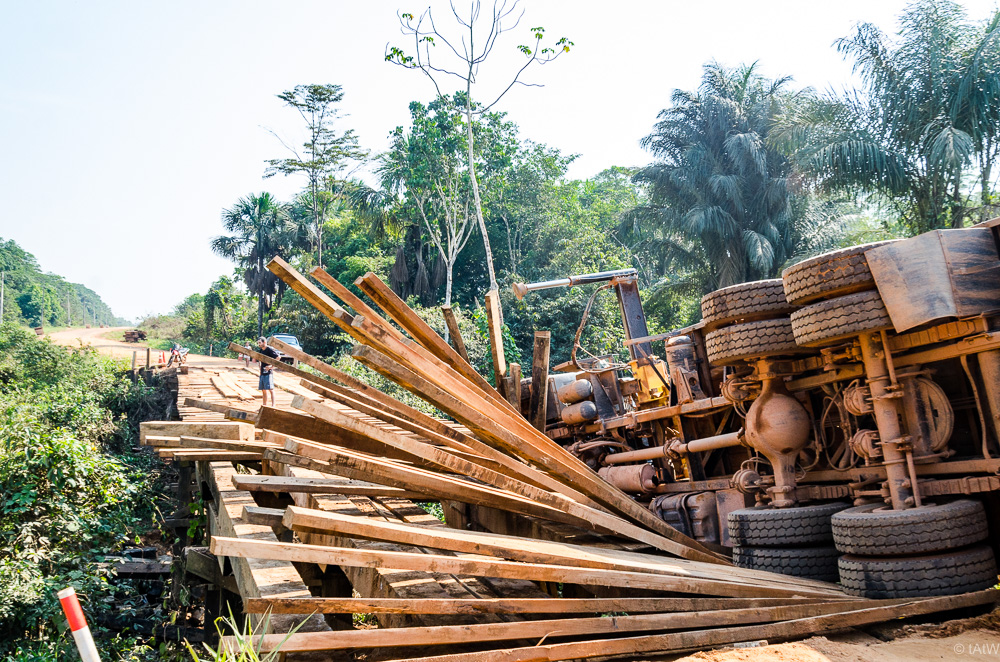
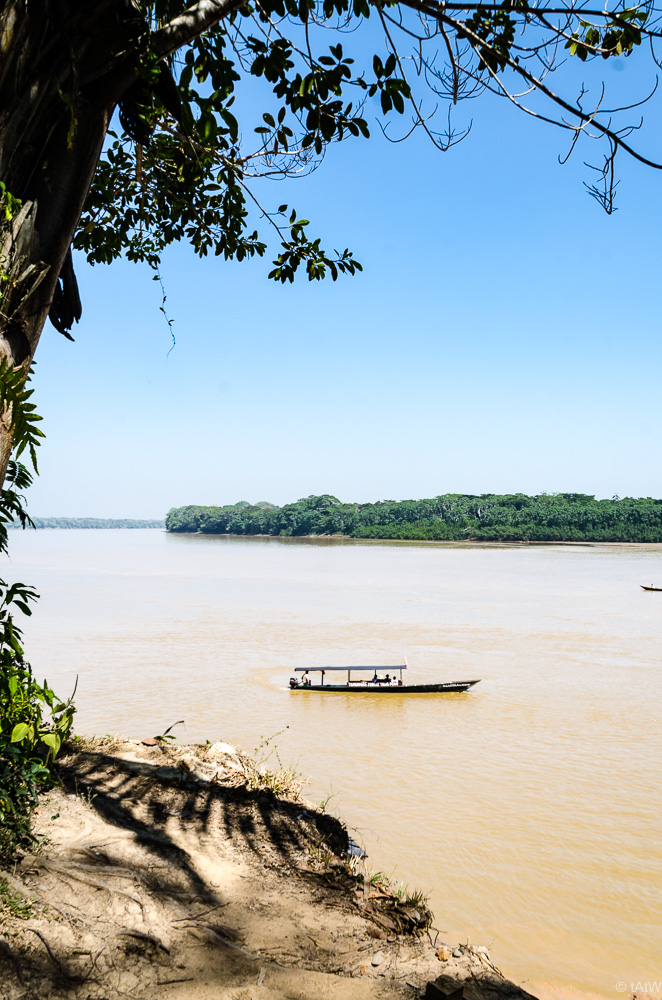
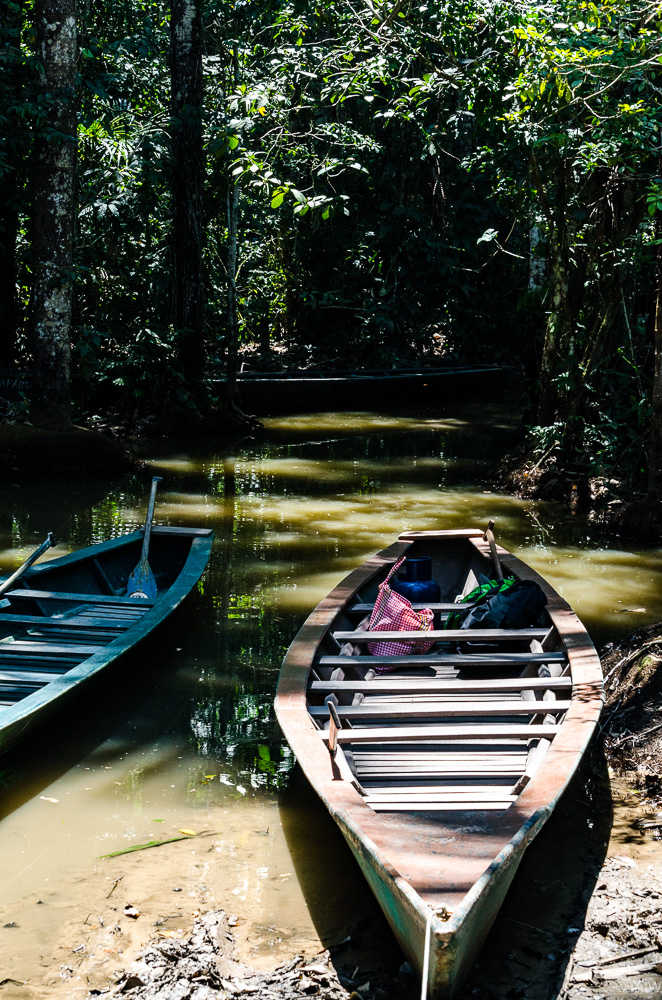
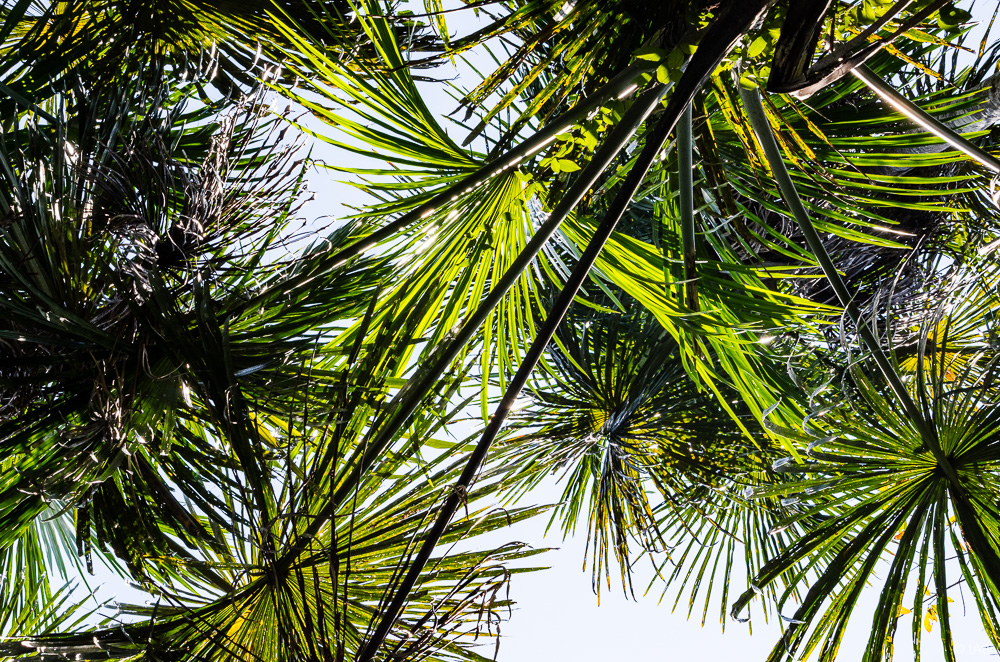
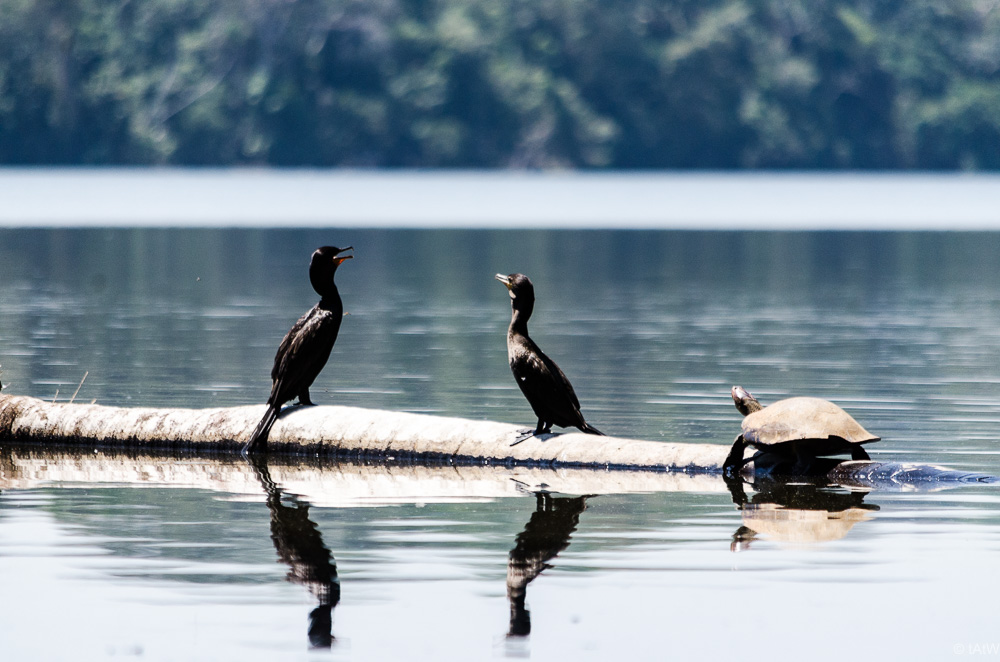
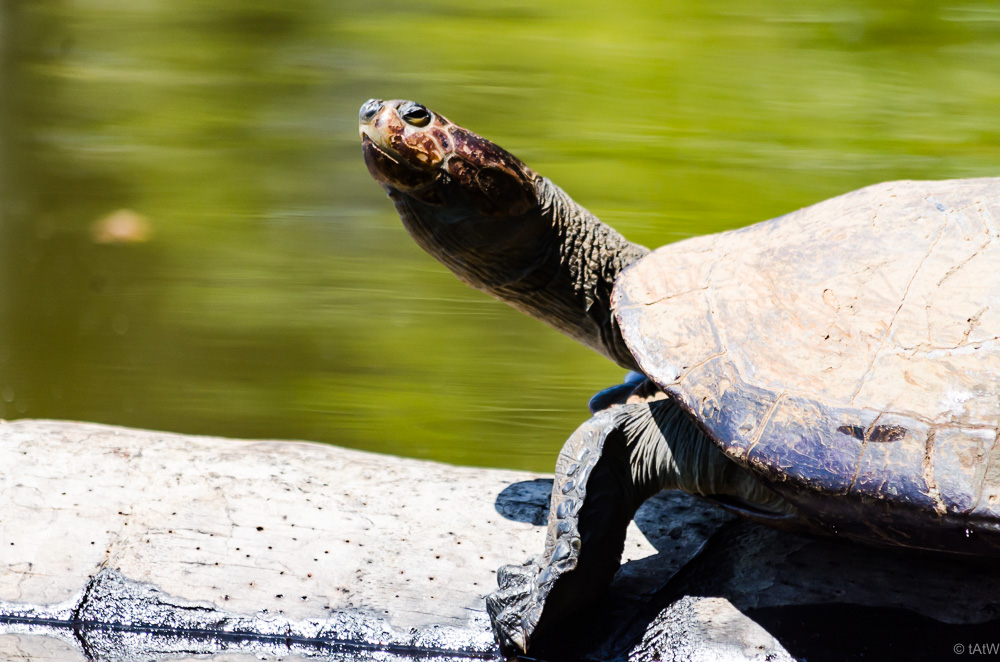
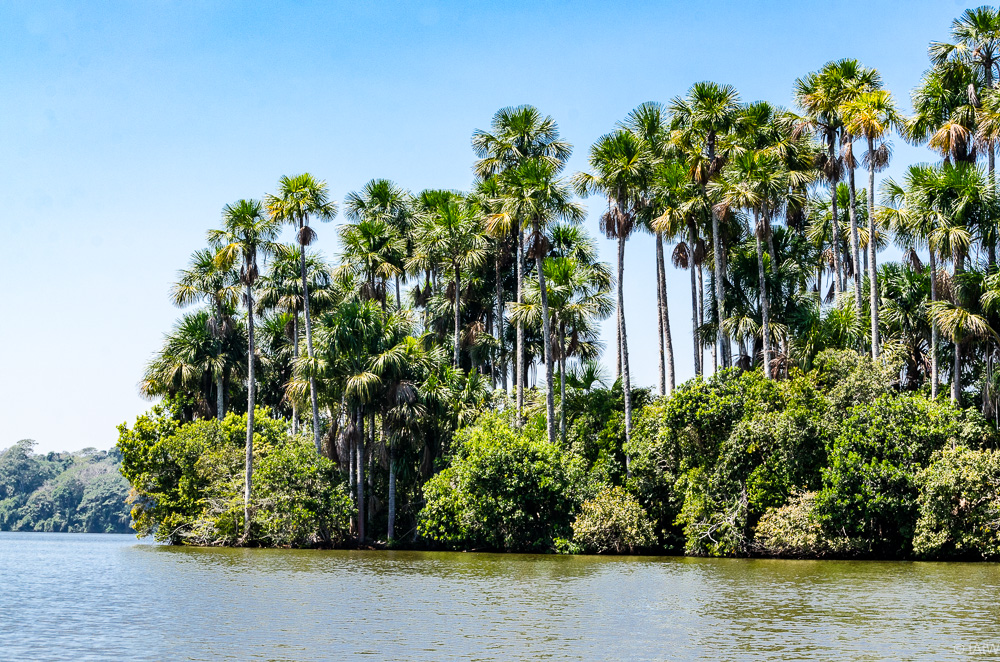

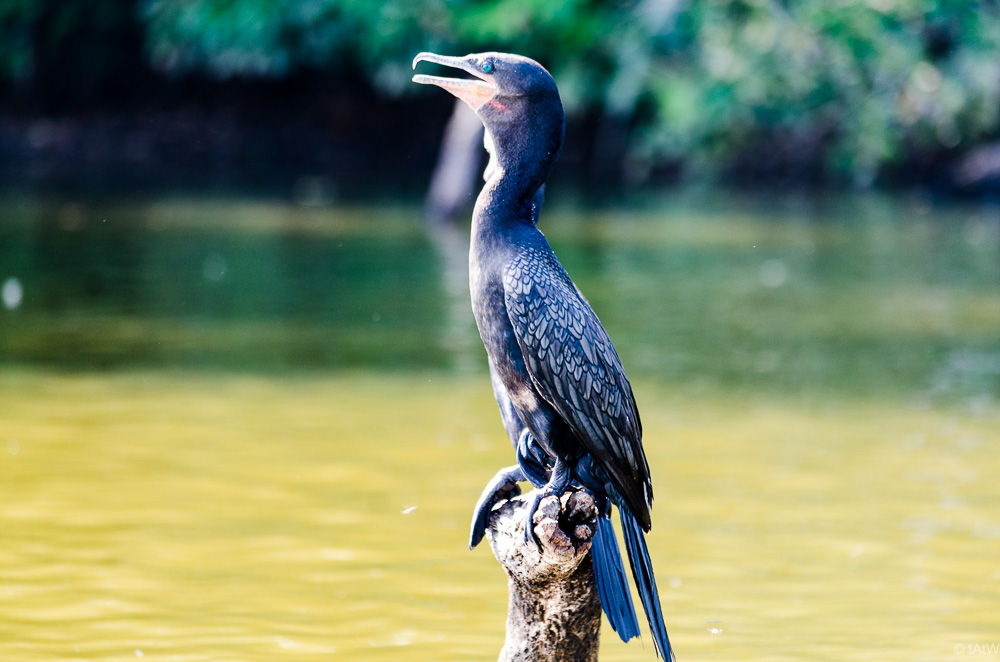
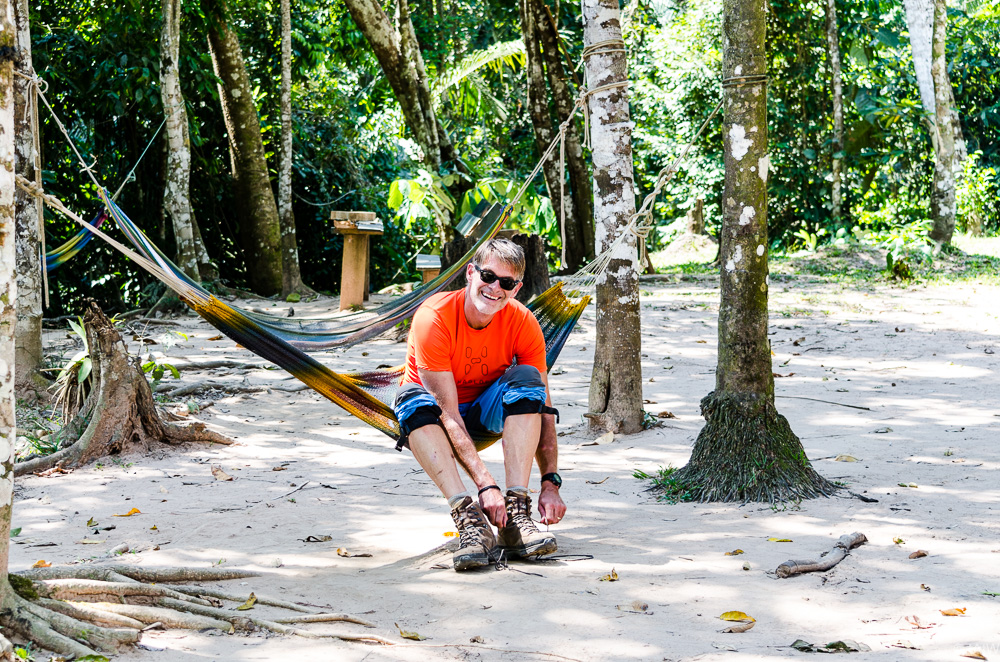
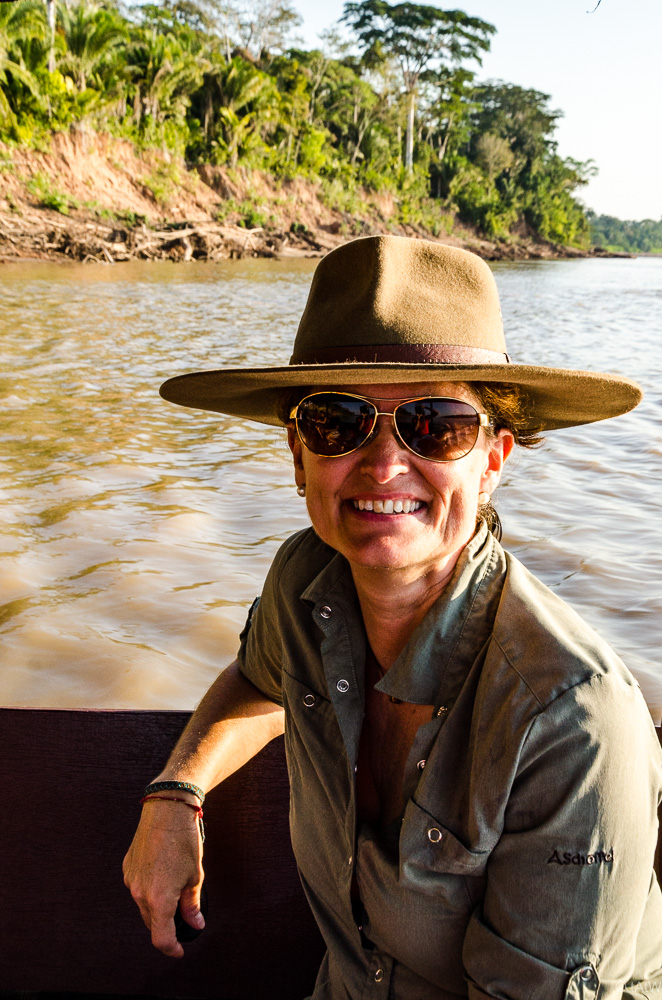

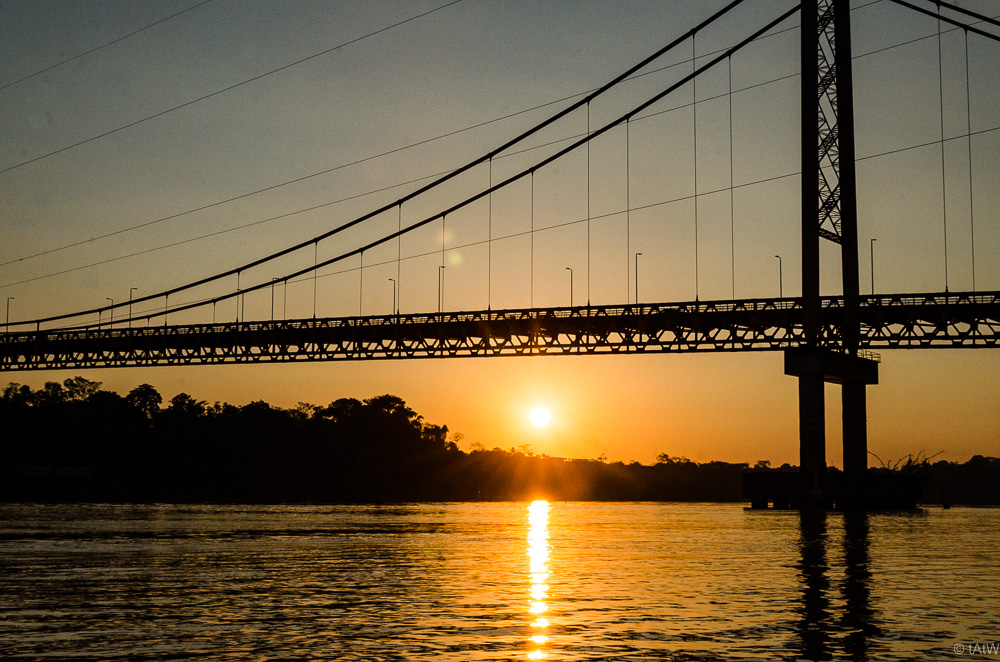

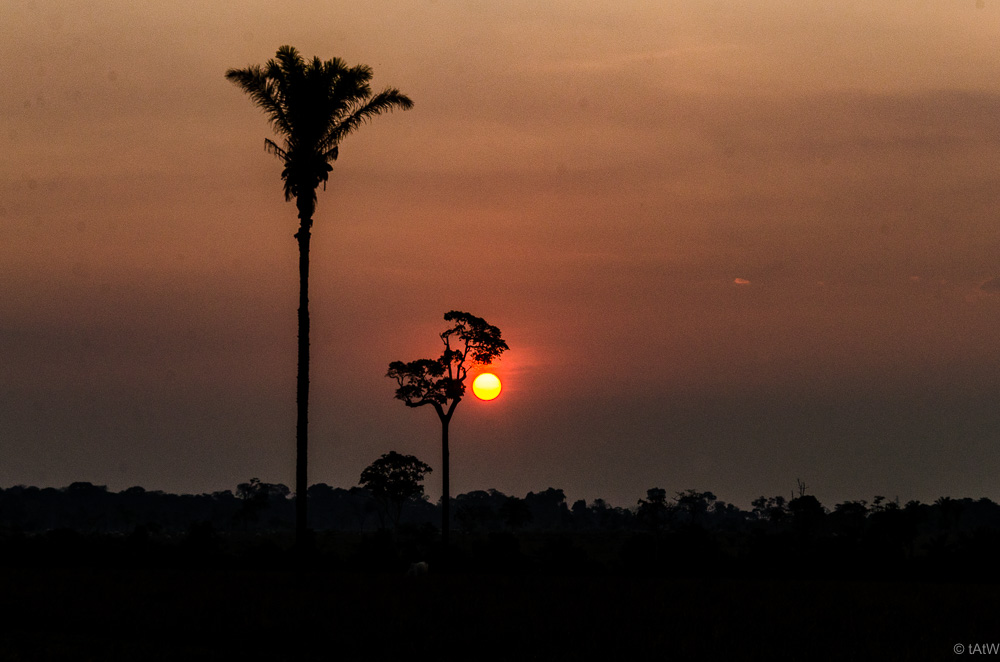

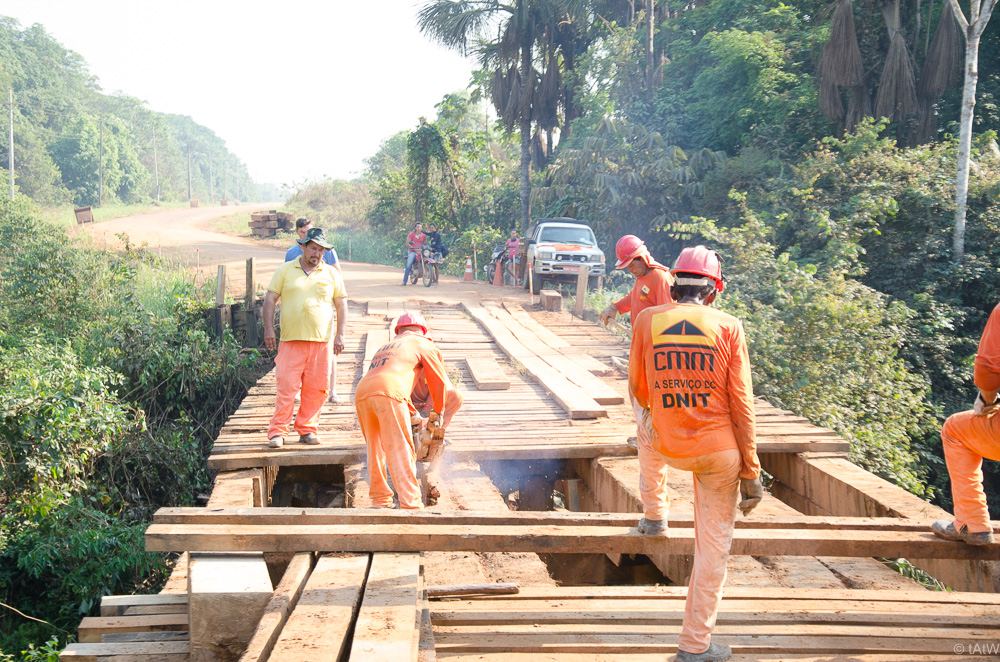
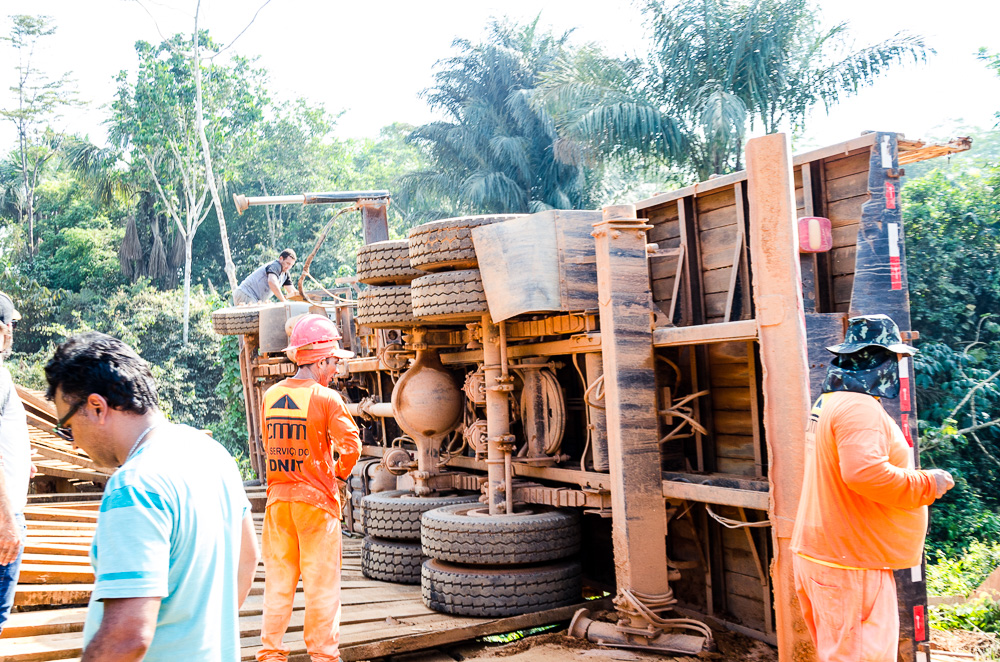

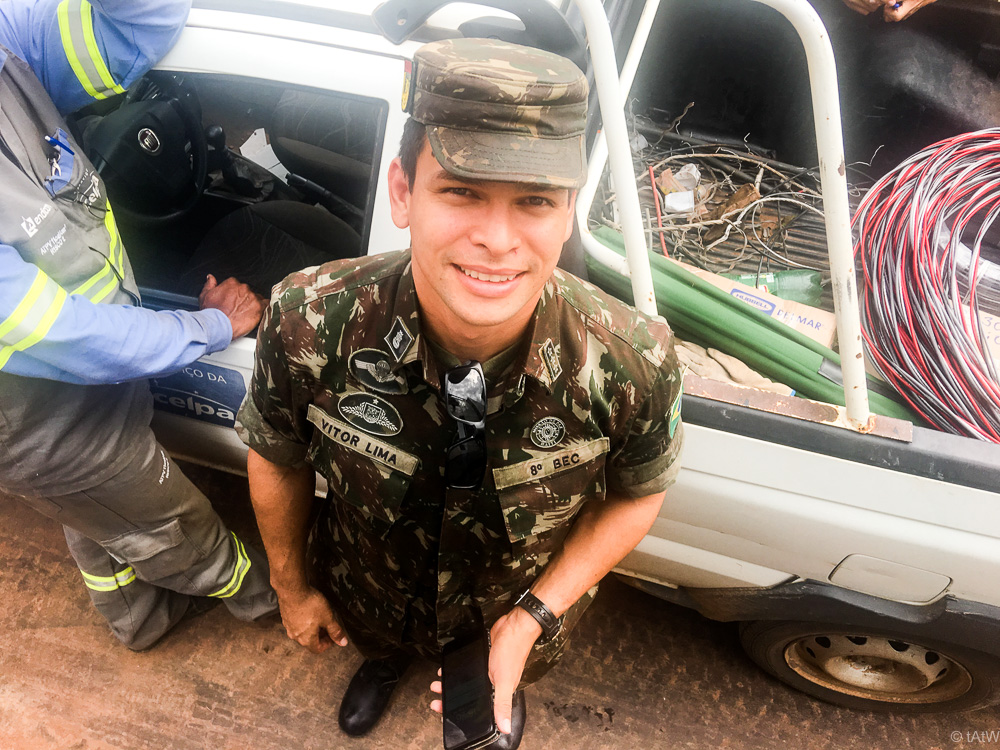
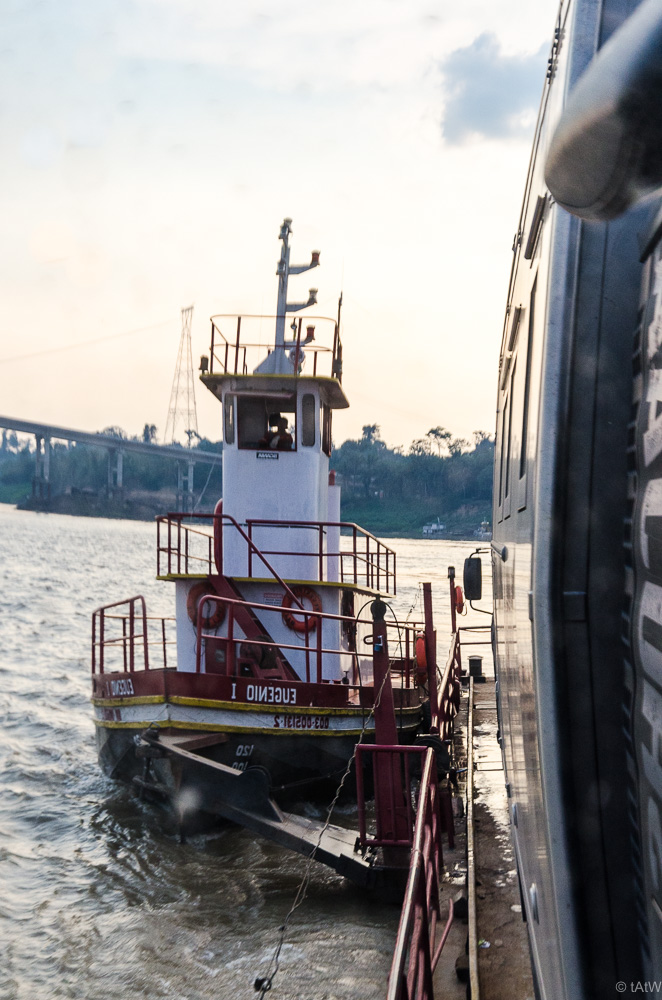
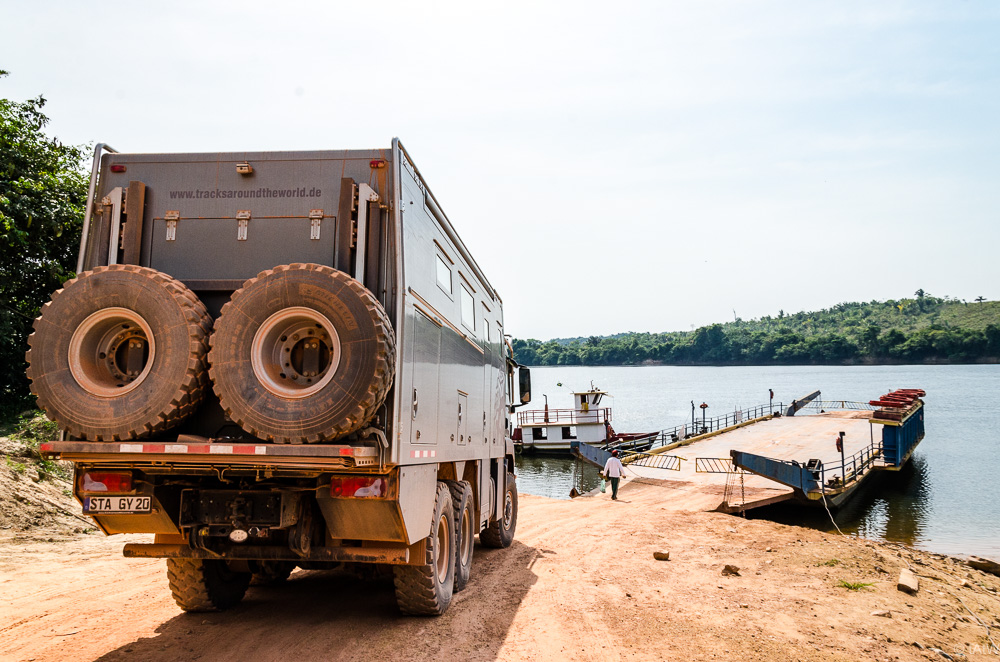
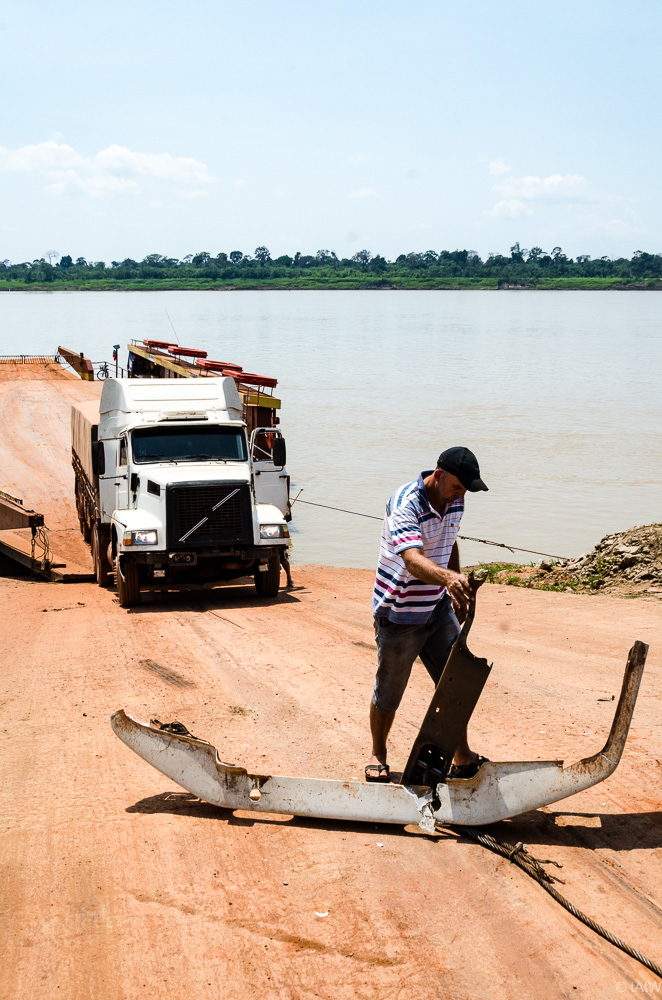
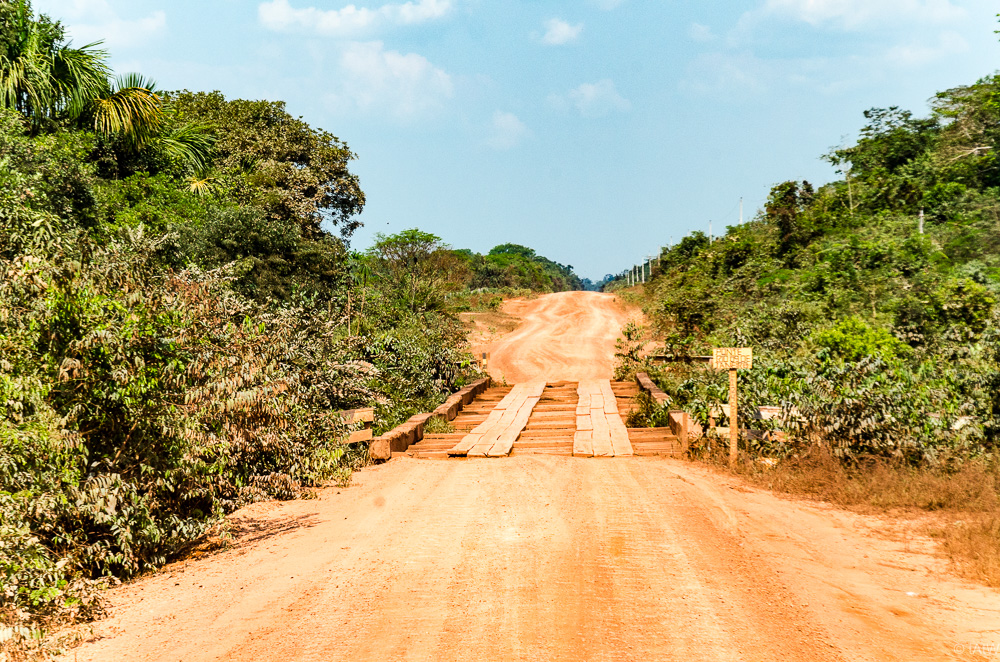
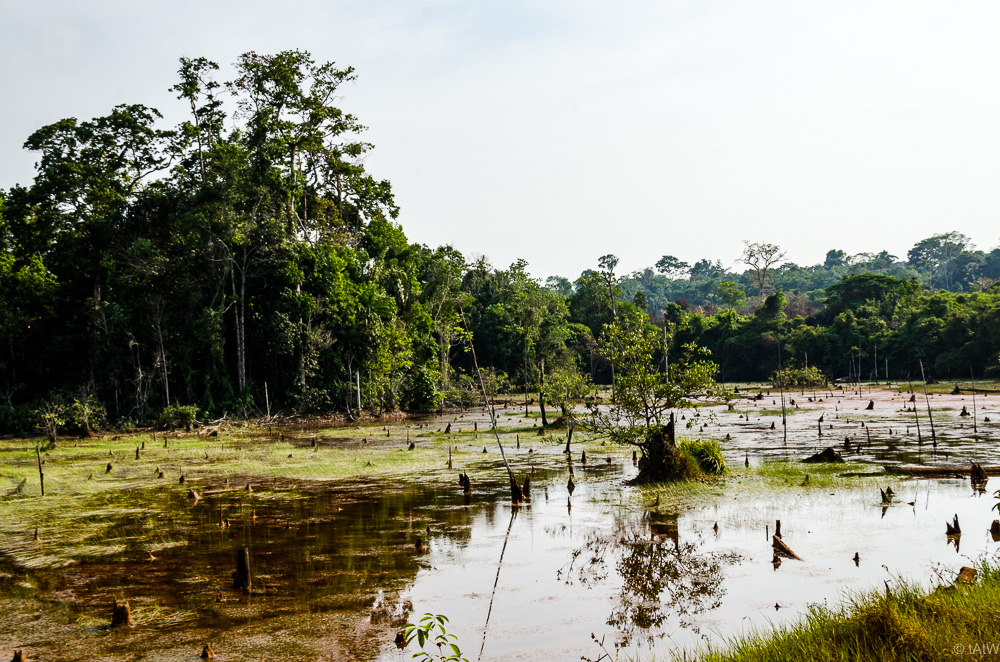
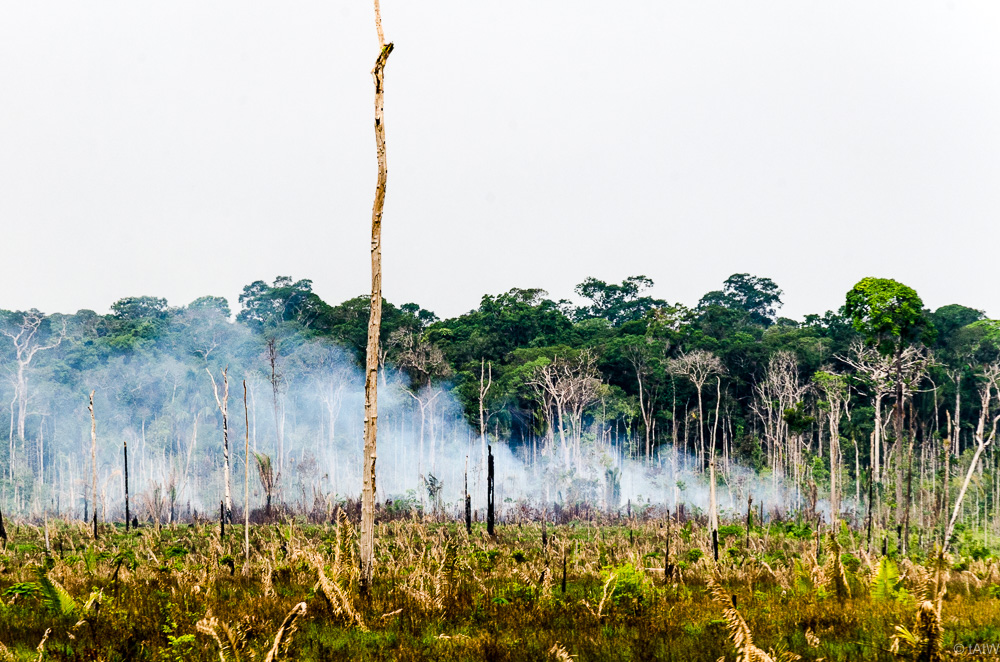
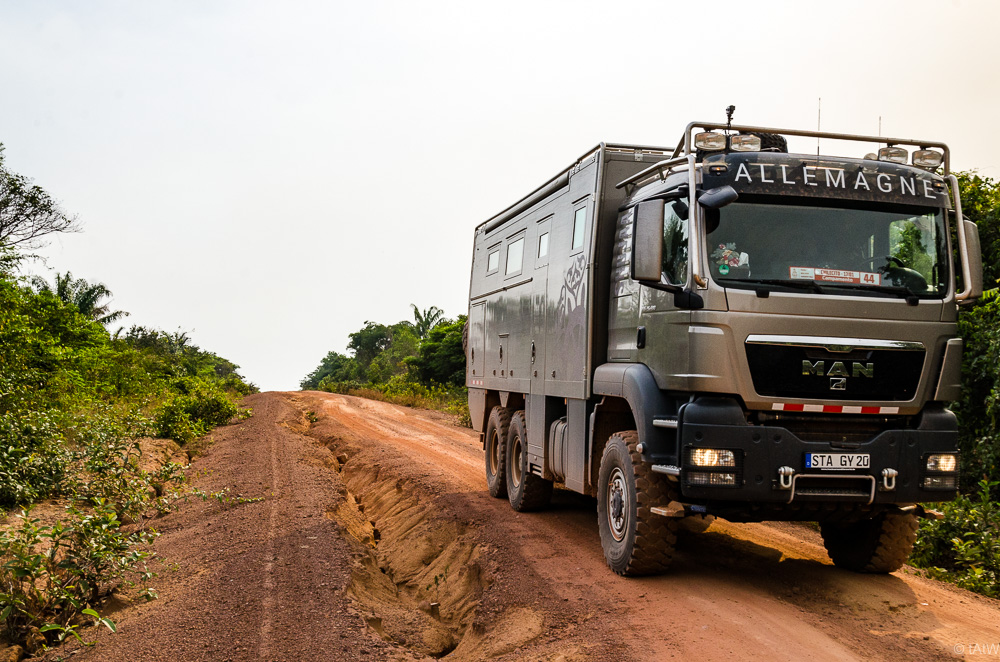
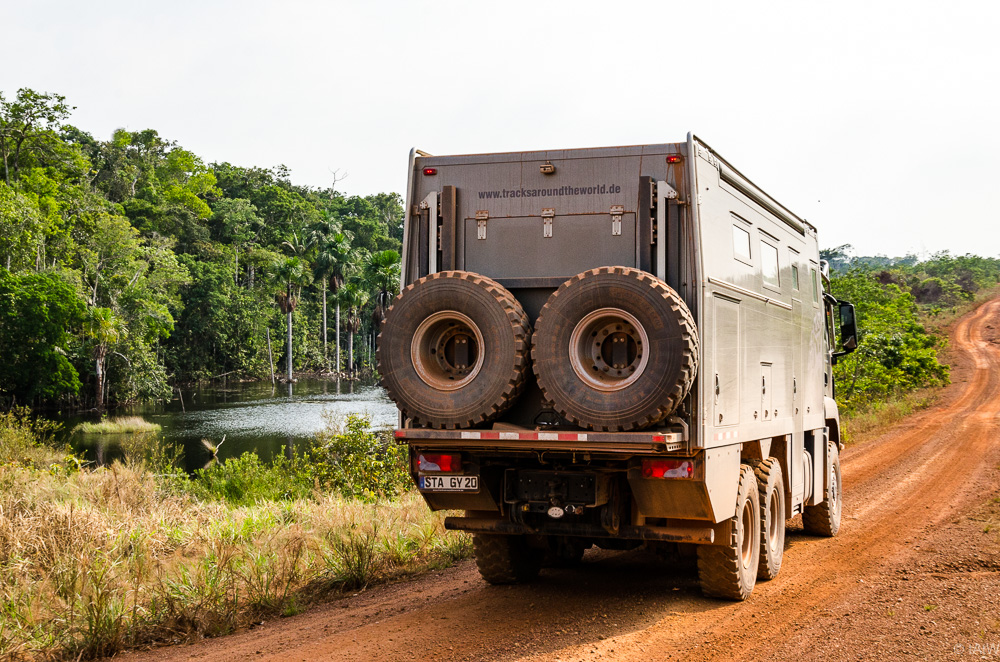
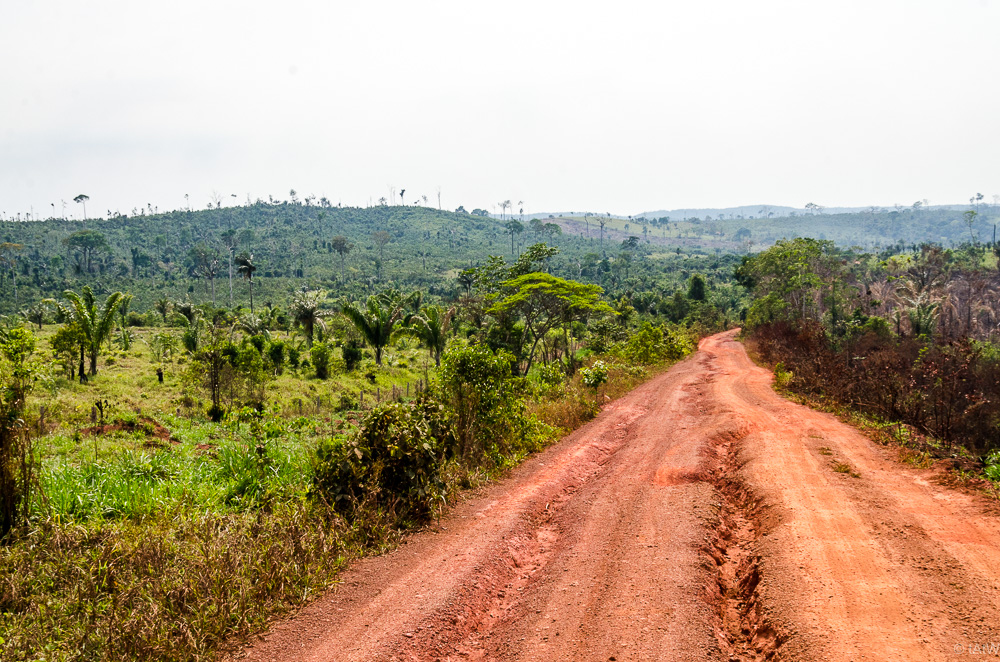
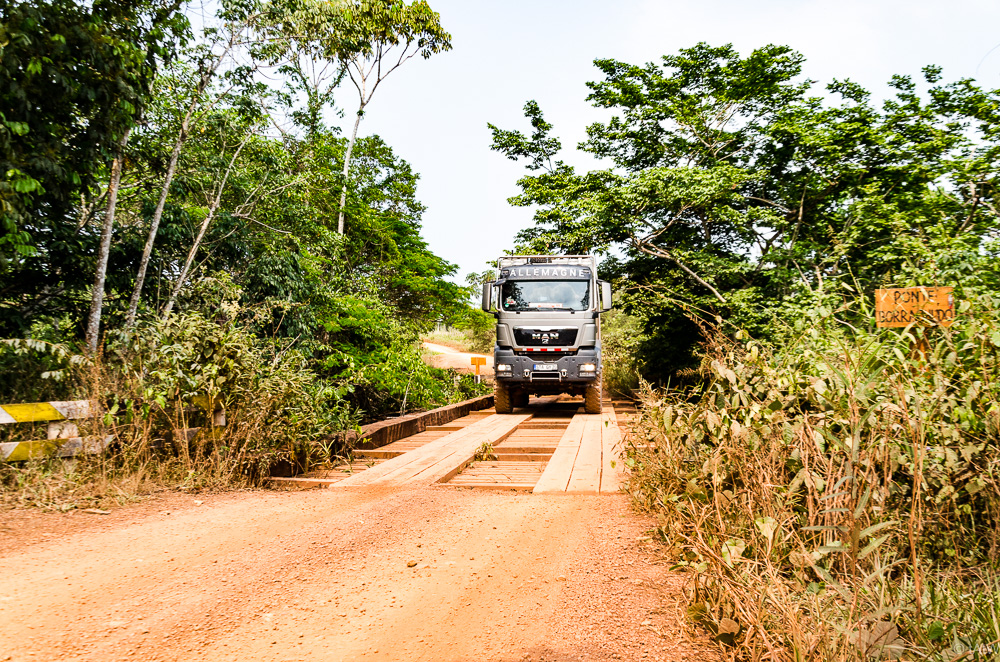
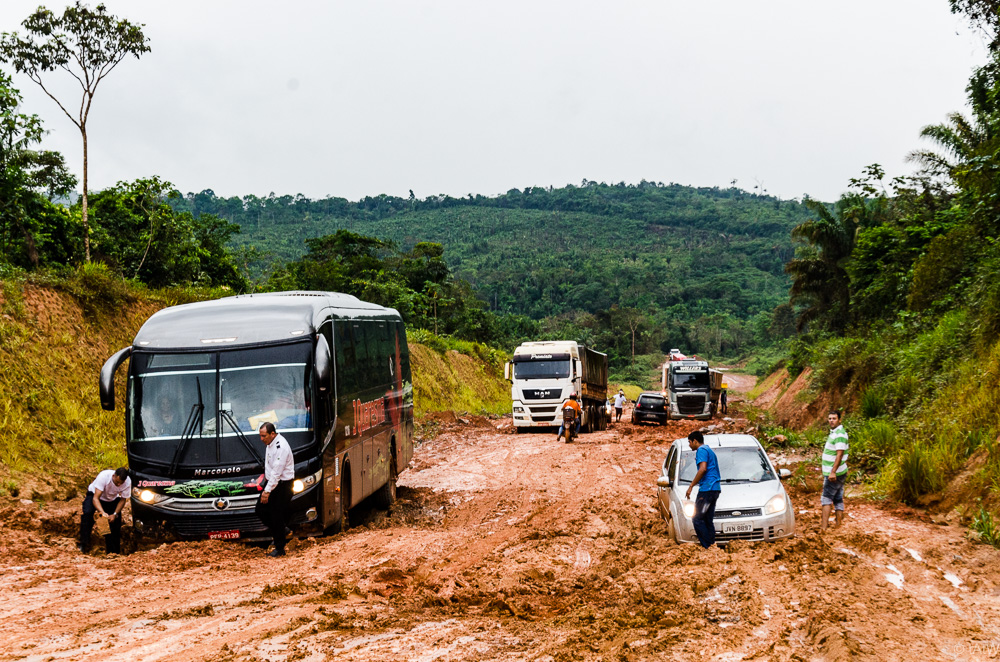

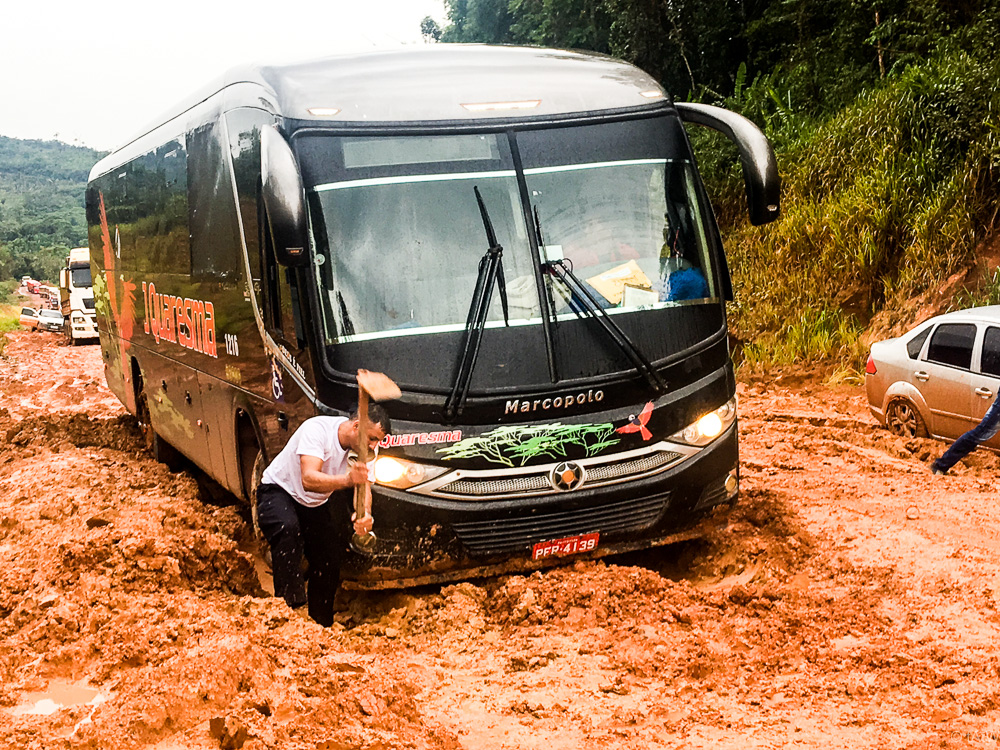

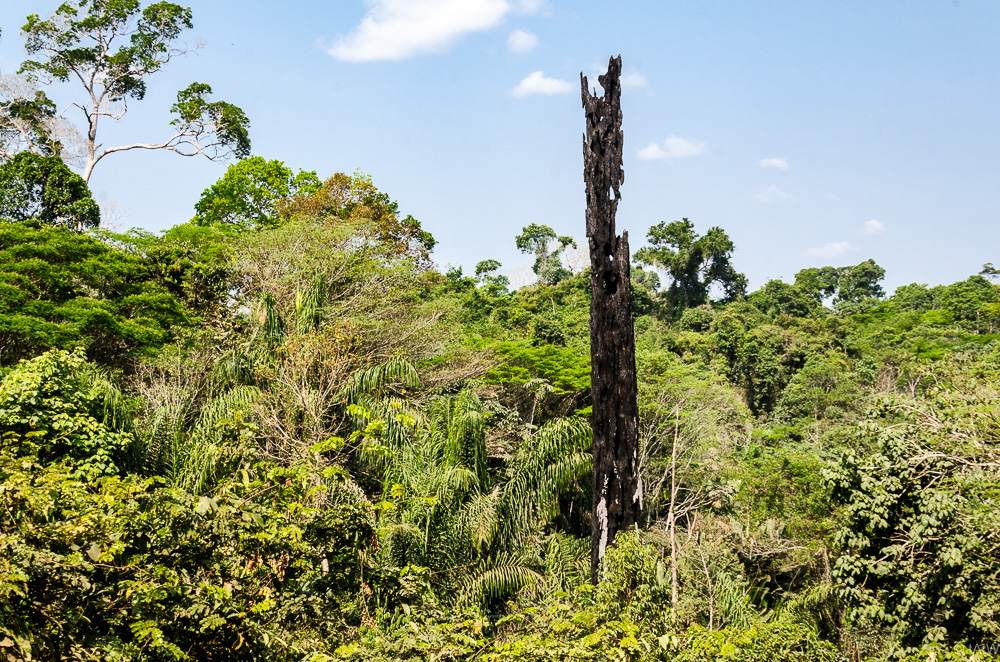


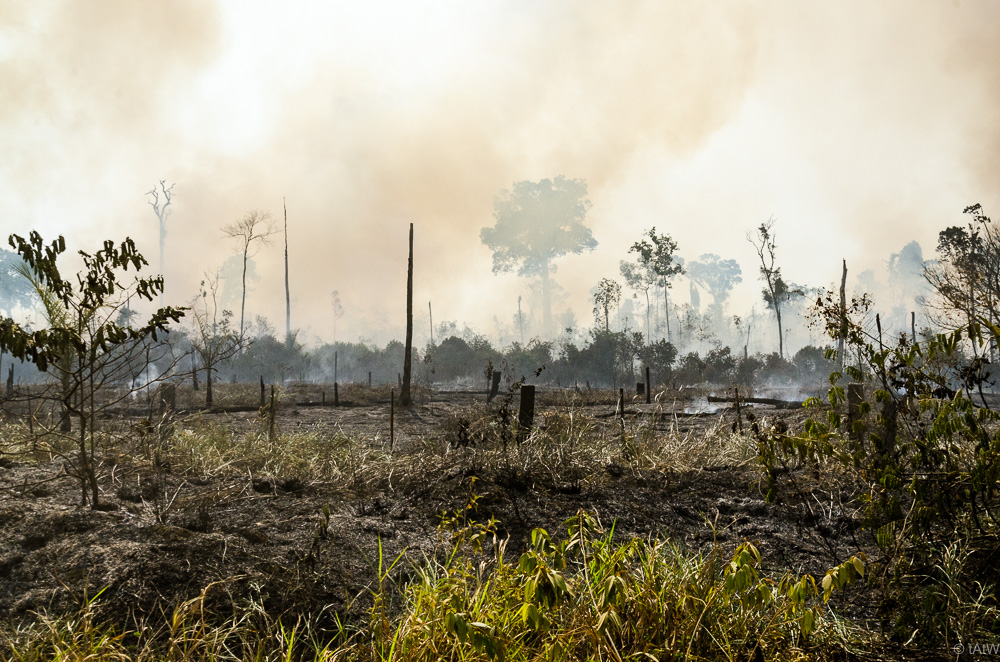
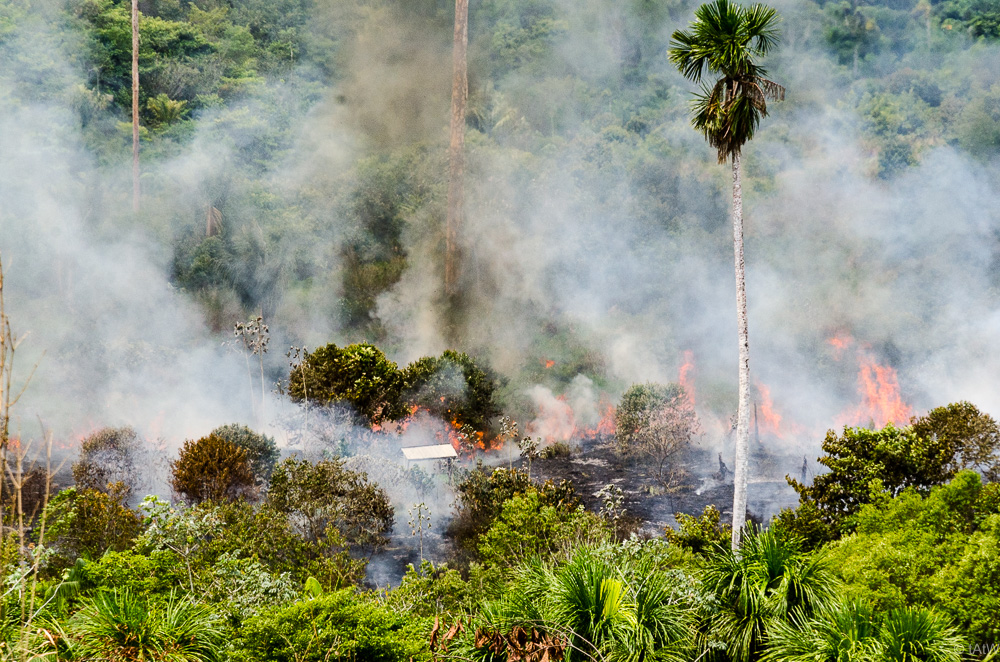
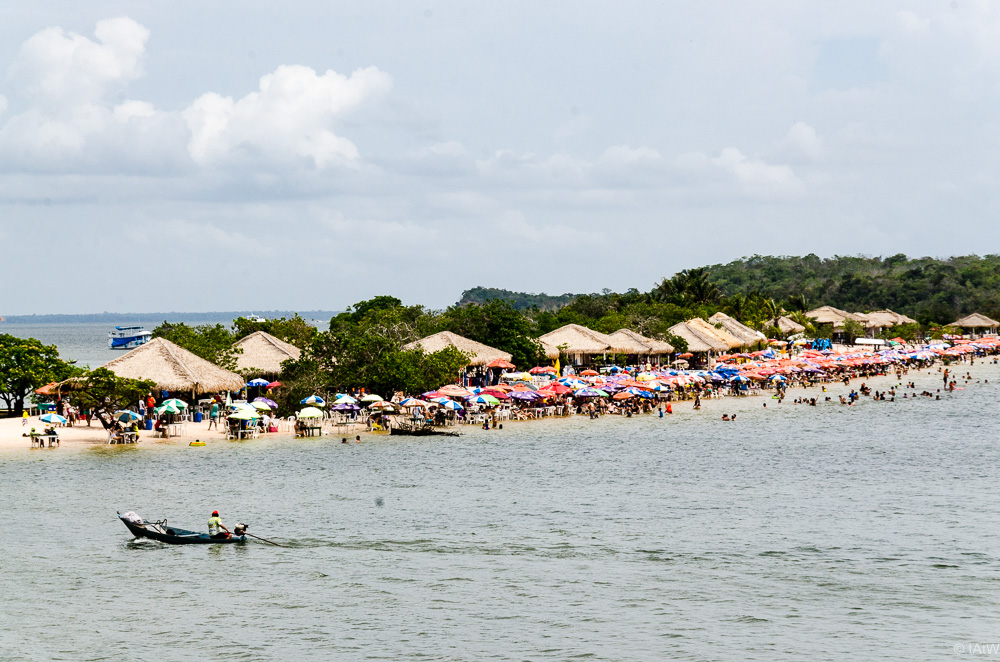
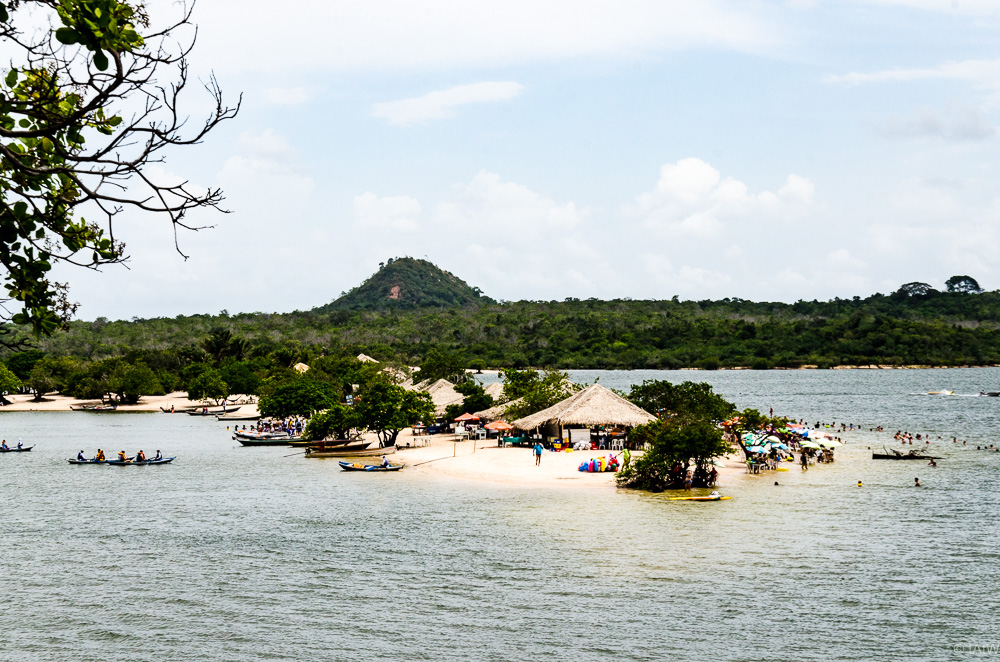
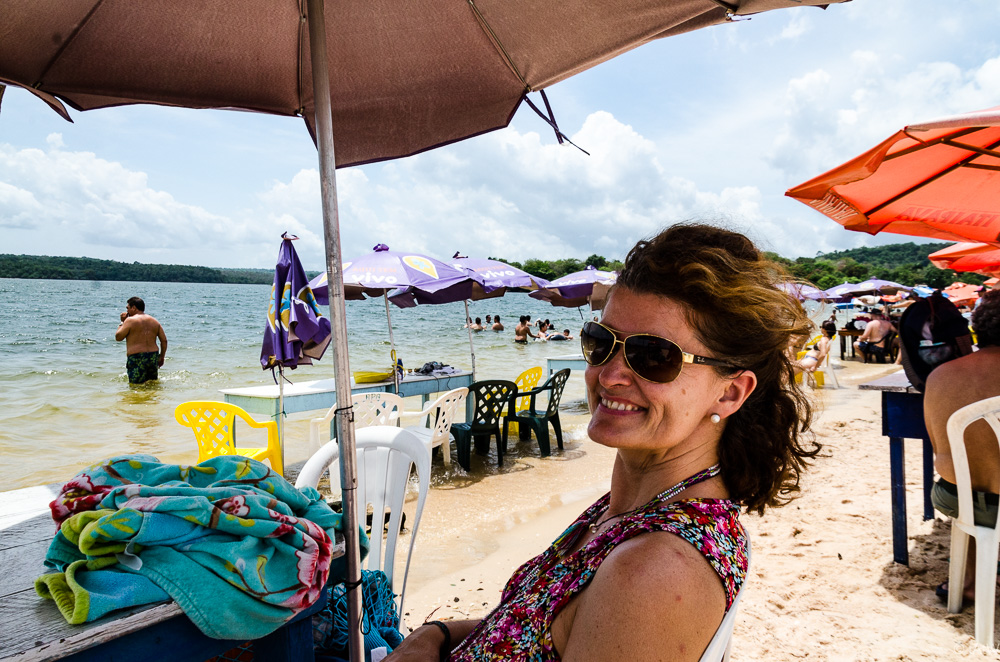
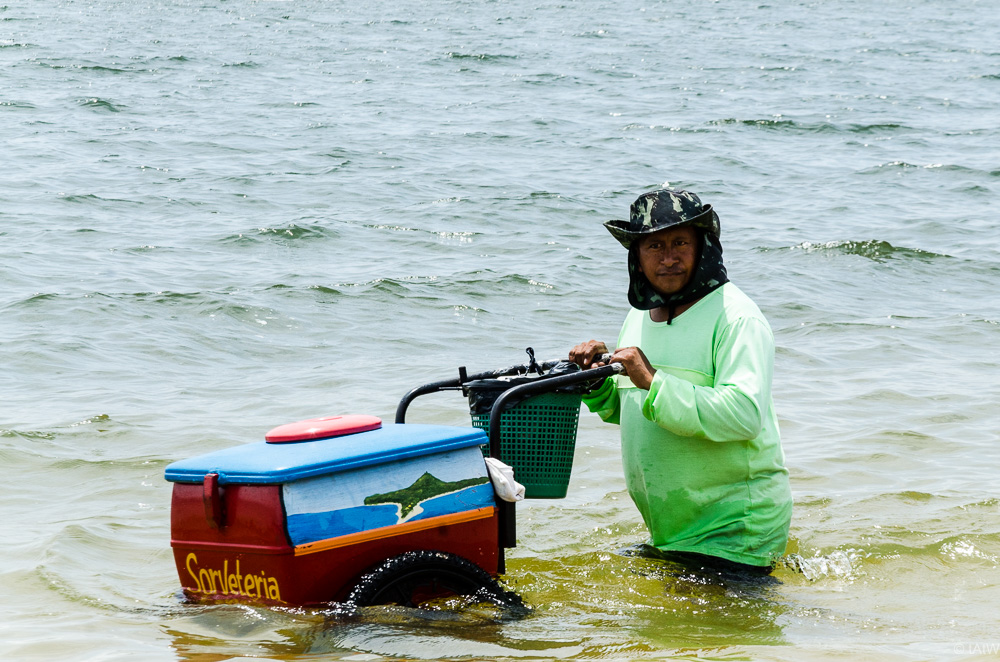
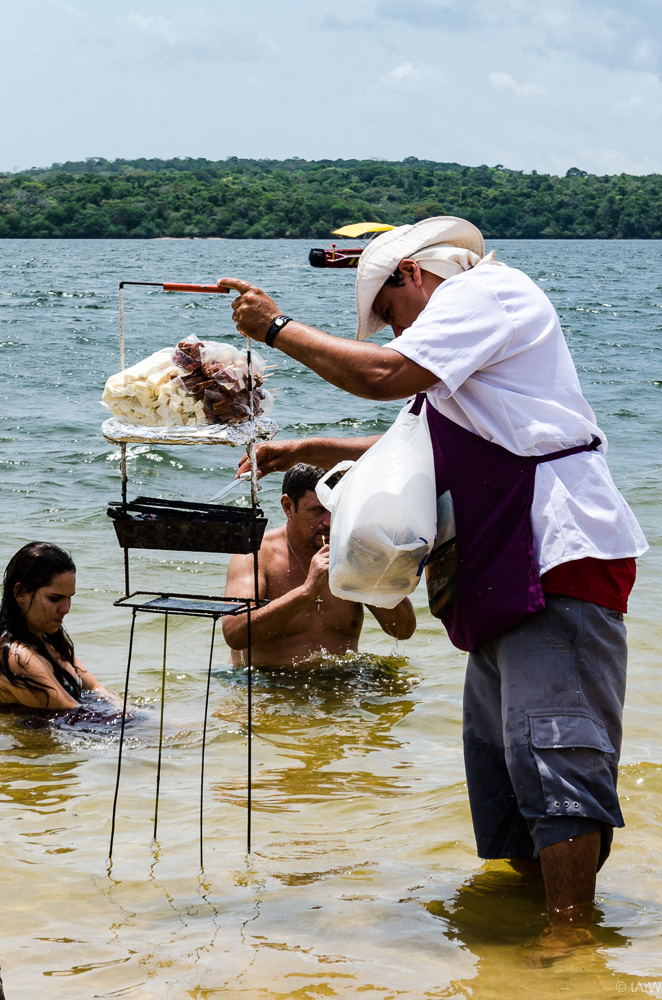
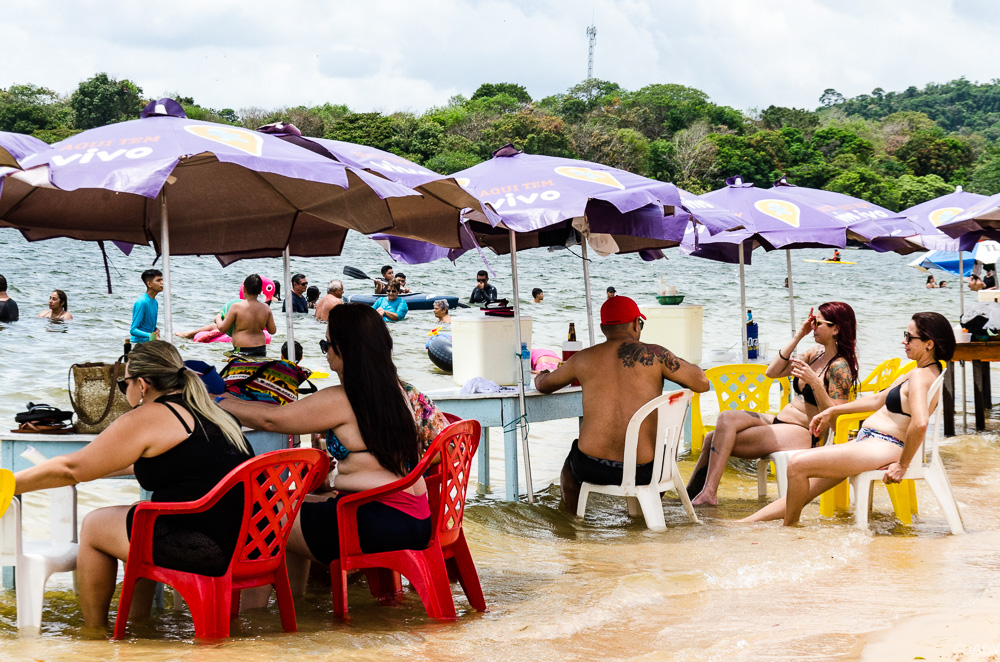
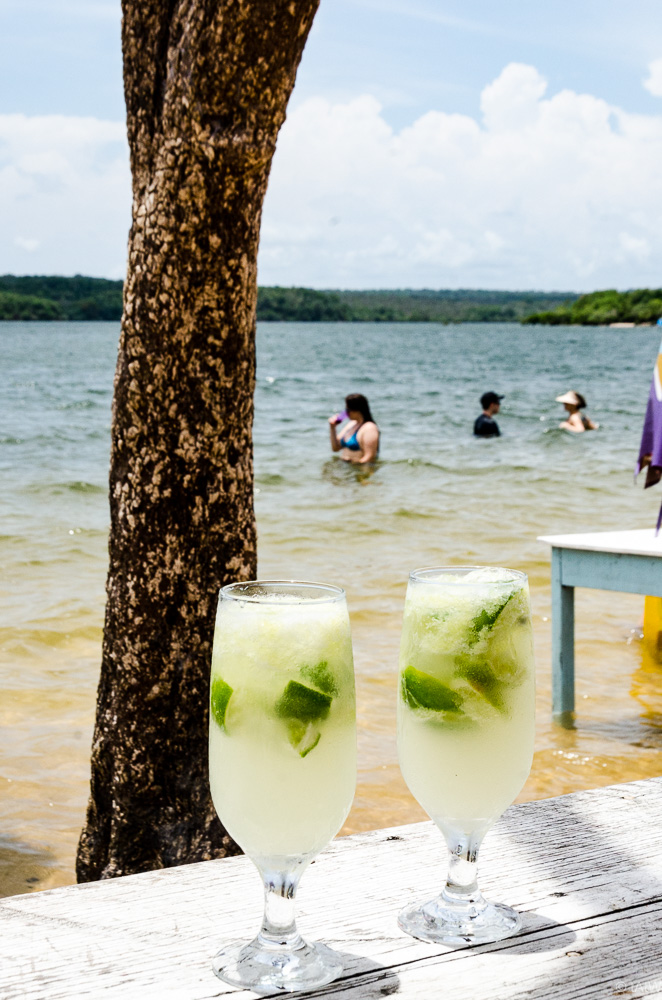
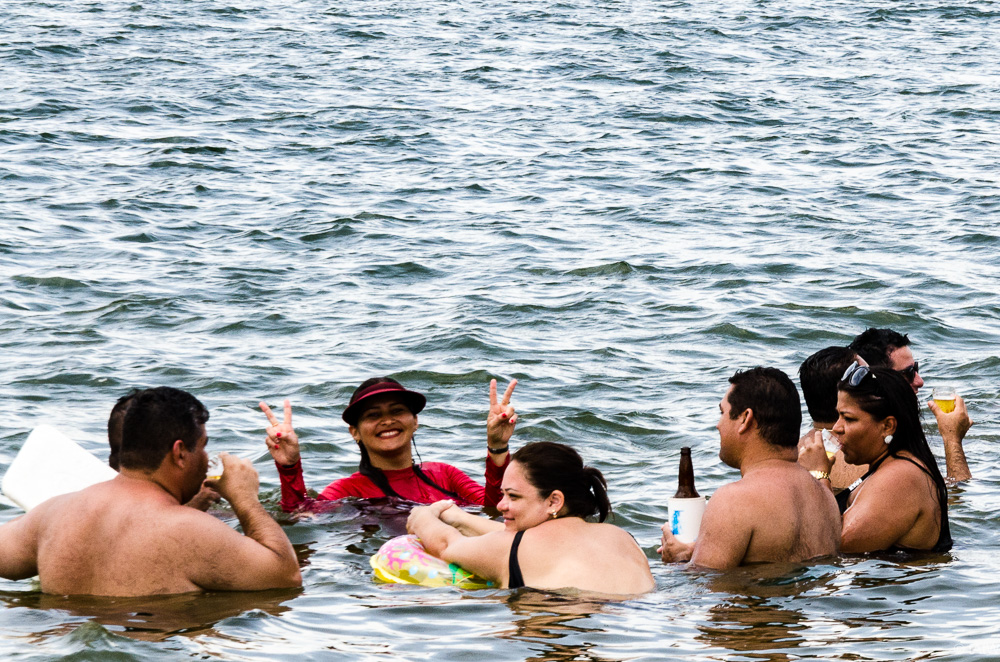
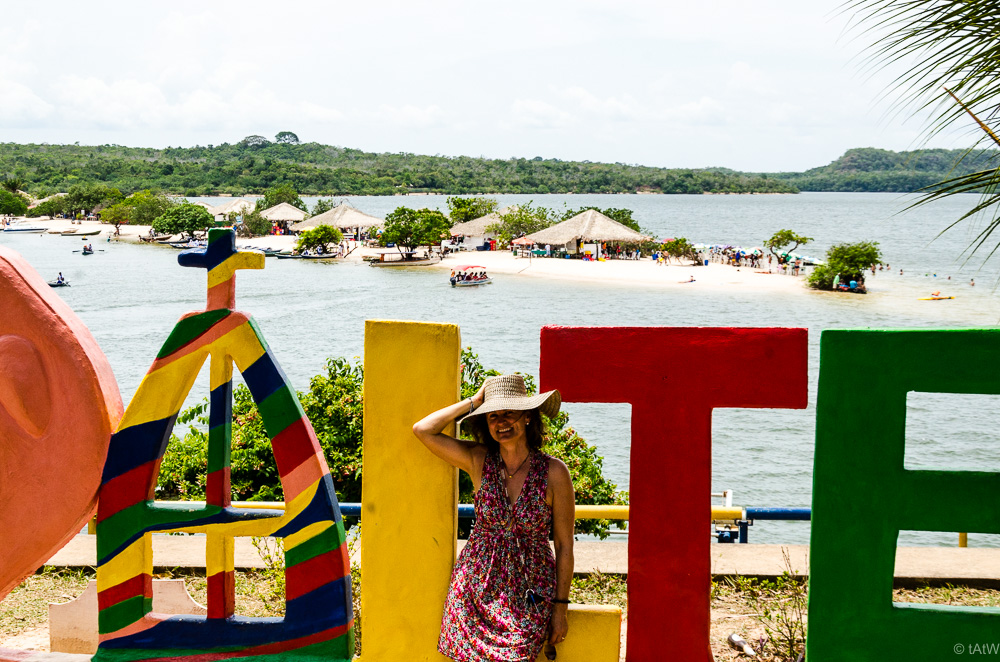
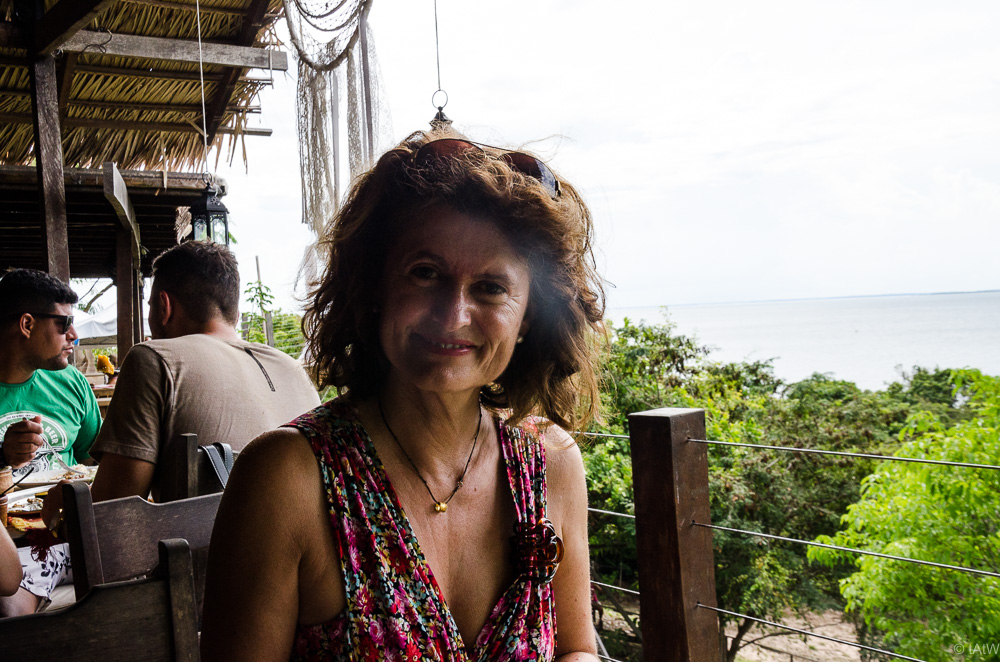
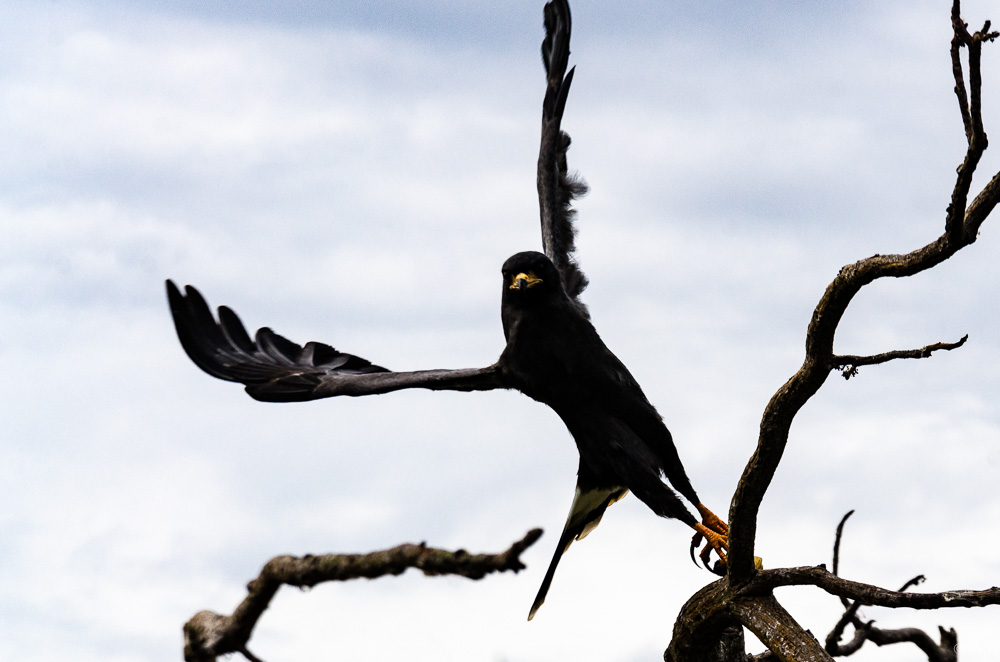
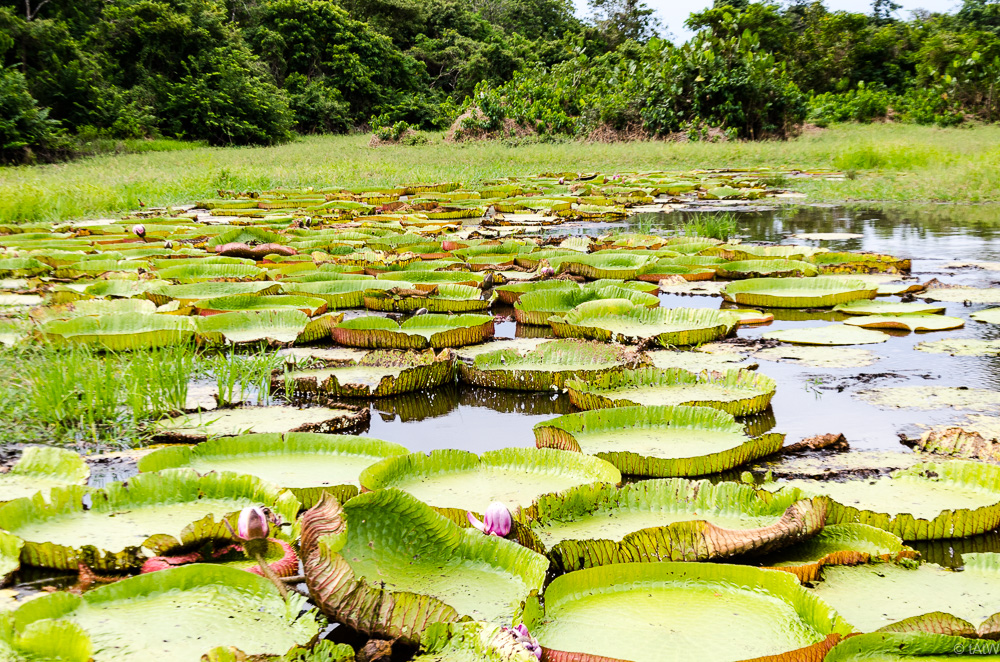
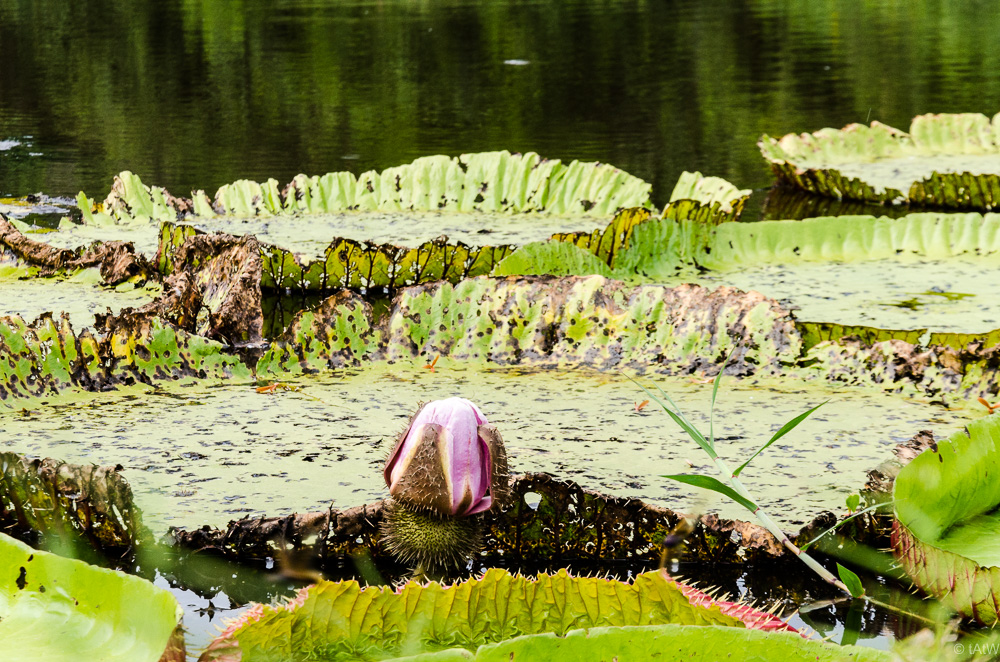
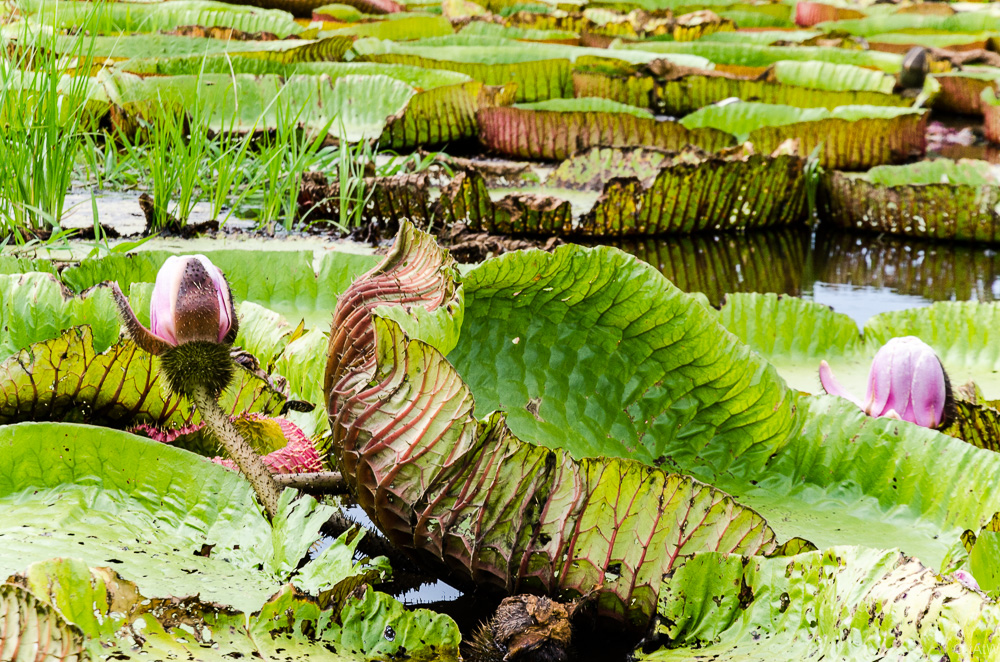
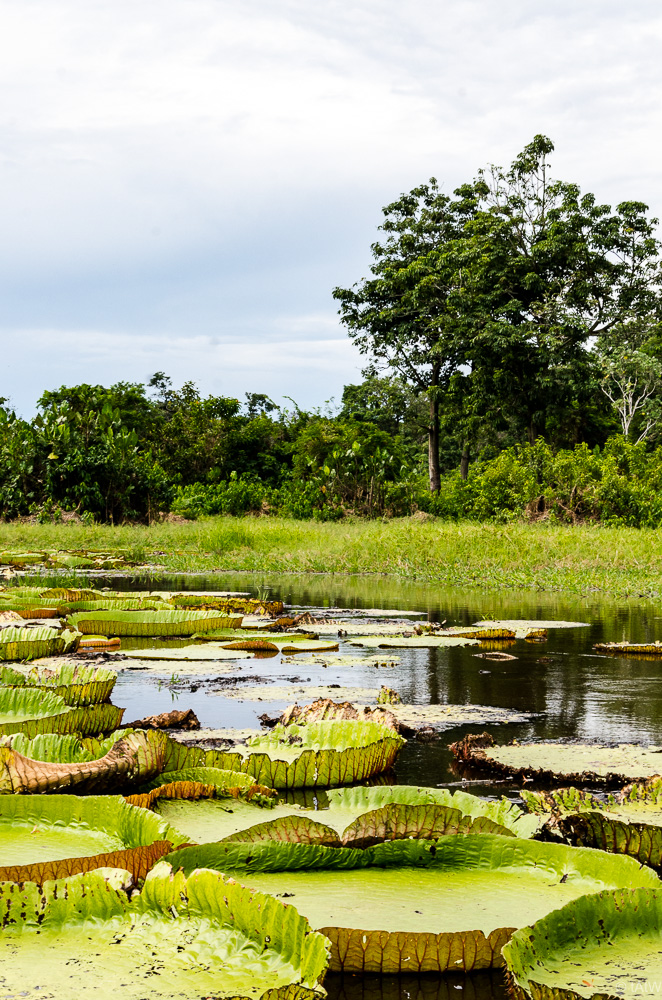

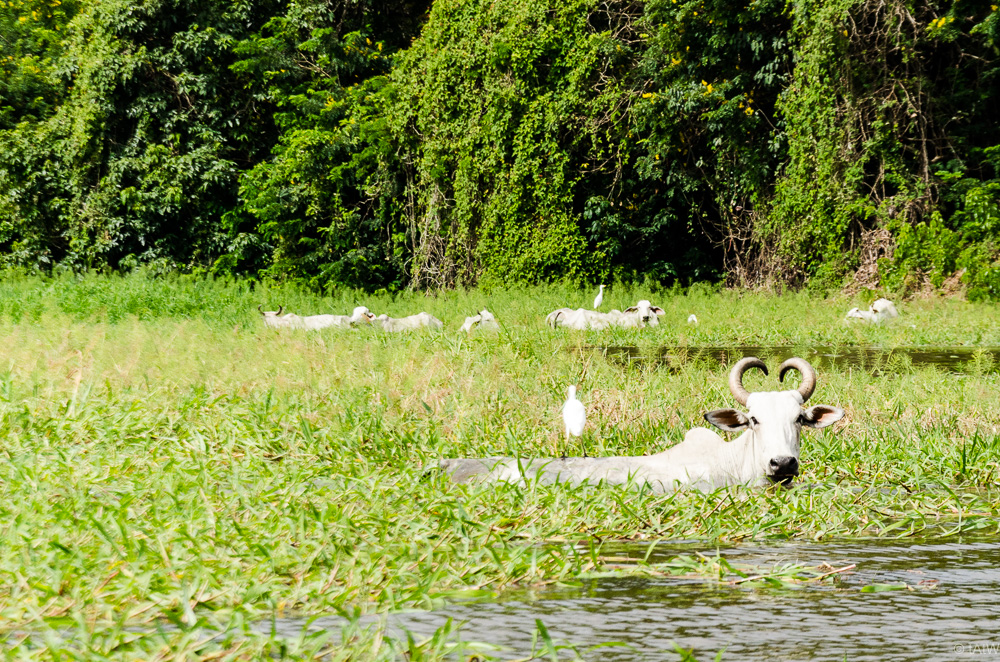

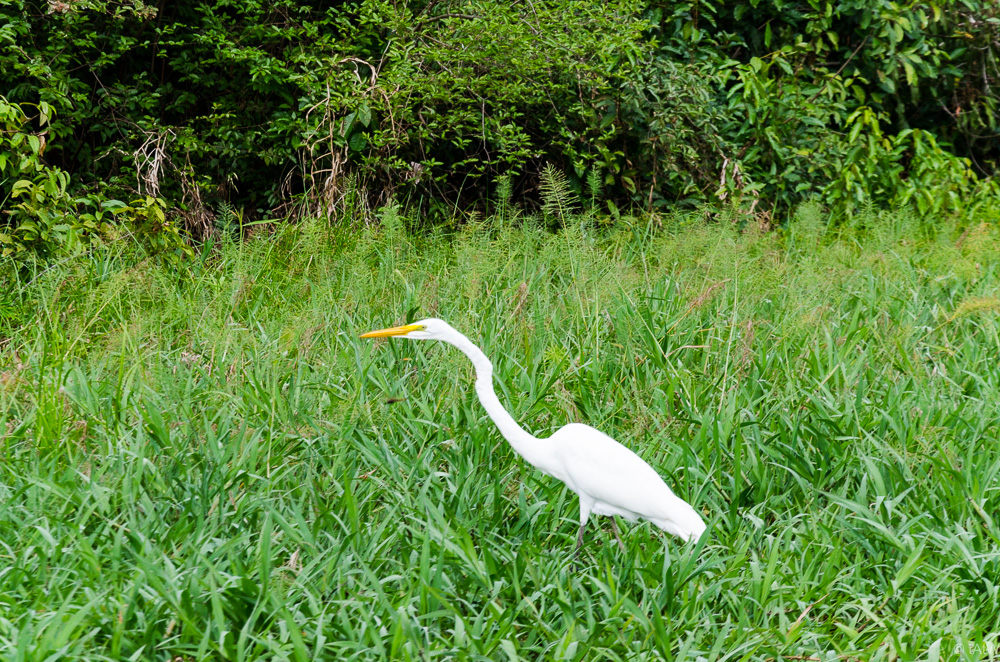

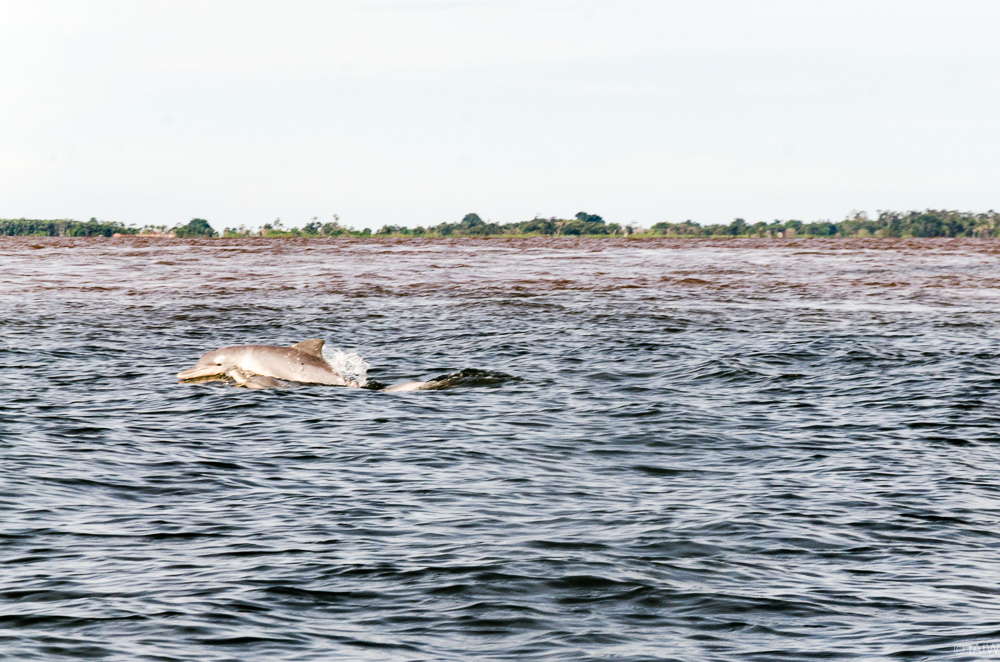




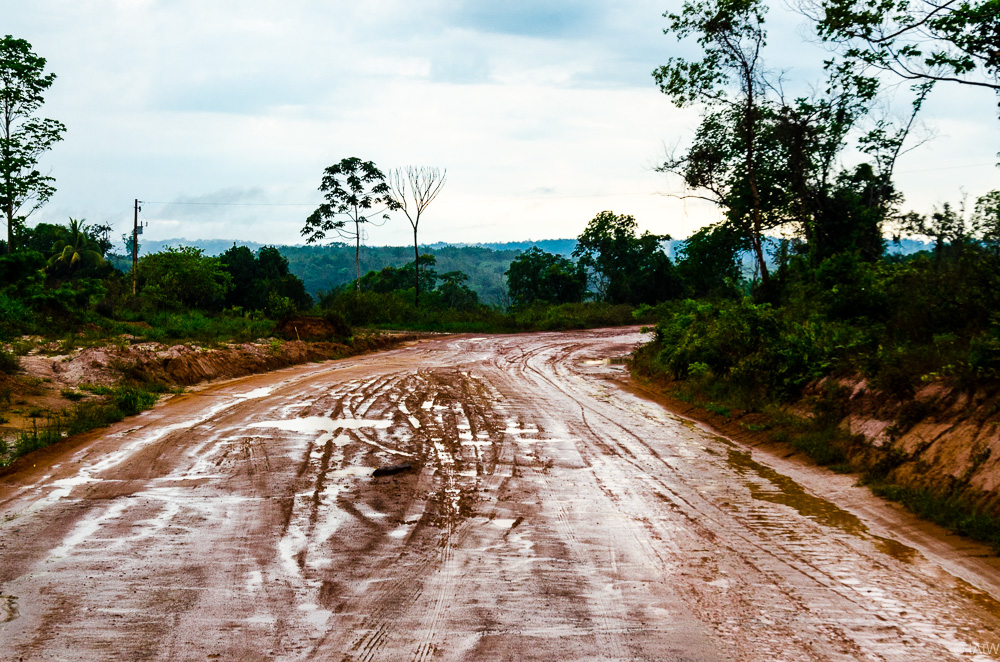
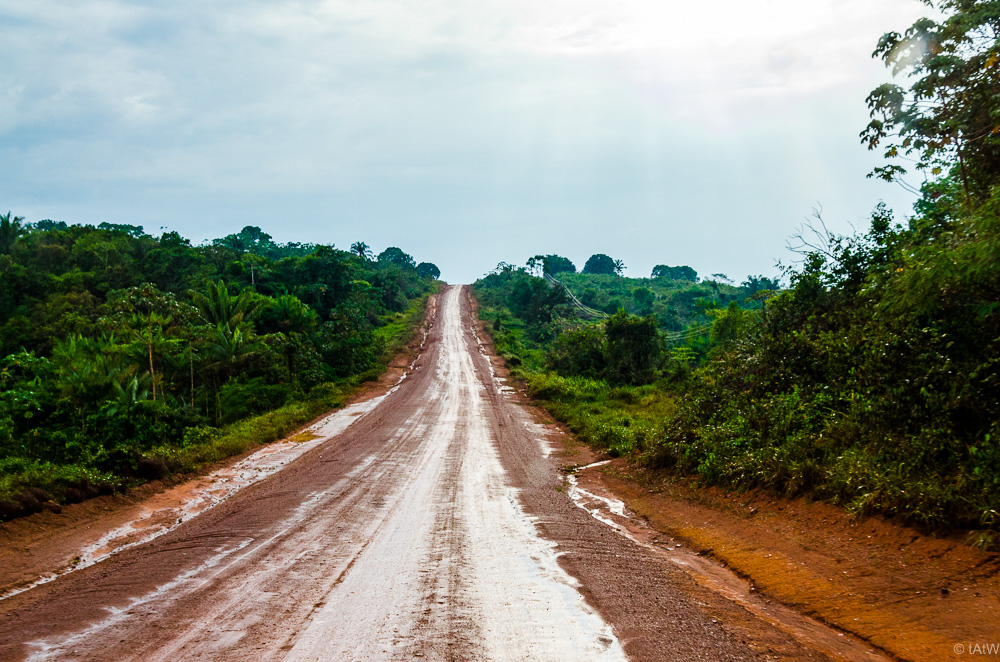


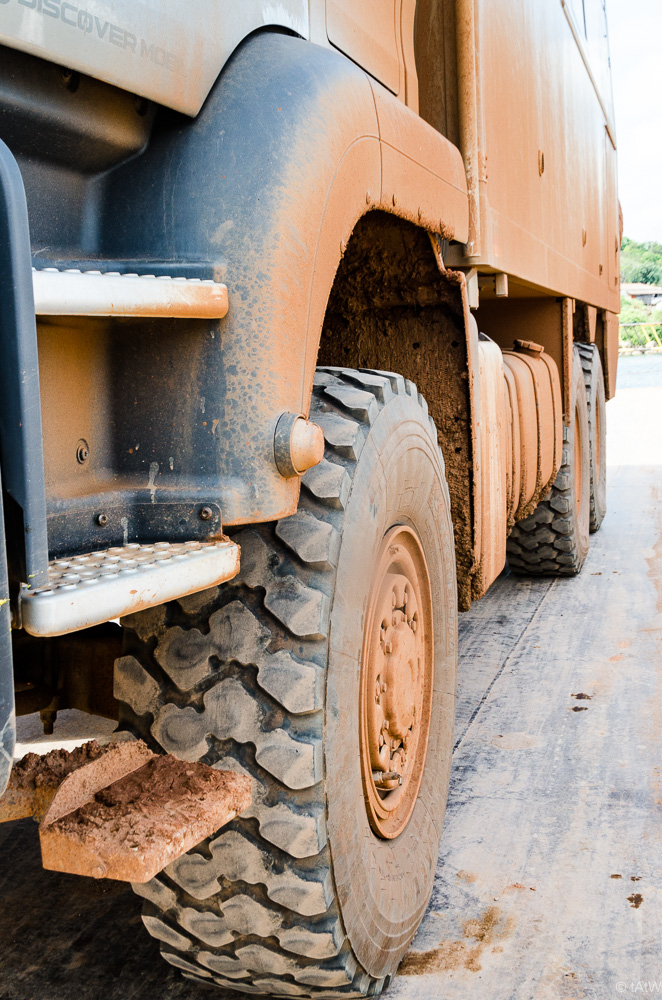
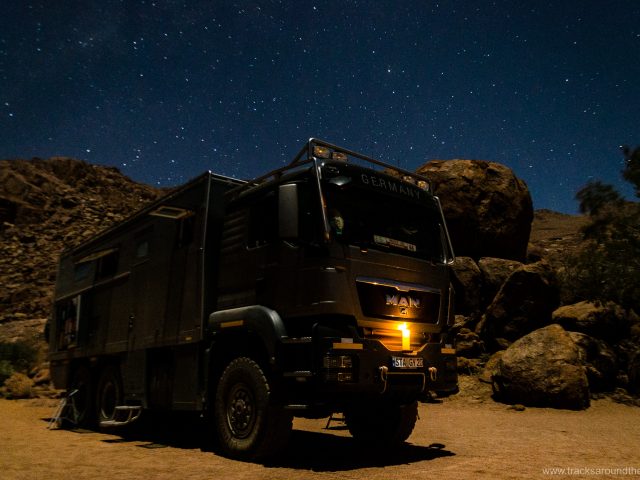
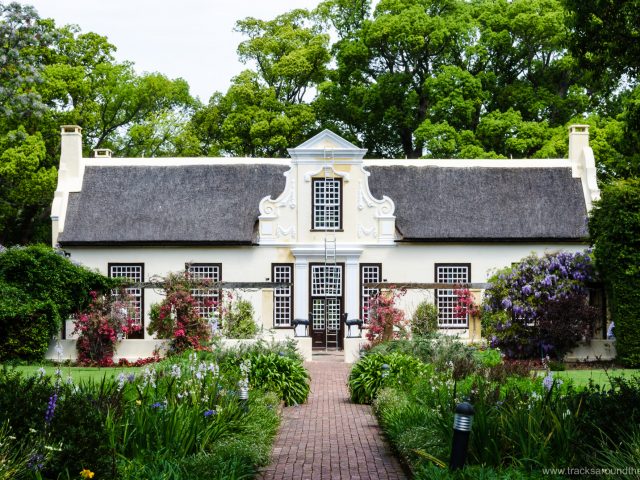
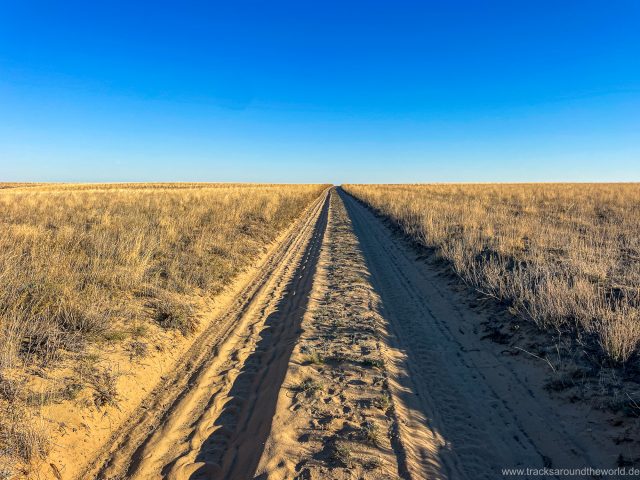
👍👍👍👍